– Press Release –
Premiere of the Concept Mercedes-Maybach EQS – a look forward at the first fully electric Maybach series model
Mercedes-Maybach is expanding its product portfolio with a luxurious all-electric SUV based on the modular architecture for luxury- and executive-class electric vehicles
06 September 2021, Dubai, UAE – With the Concept EQS, Mercedes-Maybach is providing a clear preview of the first fully electric series-production model for the tradition-steeped luxury brand. The SUV concept vehicle is based on the modular architecture for luxury- and executive-class electric vehicles from Mercedes-Benz and takes the exclusivity of Maybach into a locally emission-free future. The near-production one-off shows identifying features that are characteristic of Maybach – such as the elaborate two-tone paint finish – but with its innovative drive technology, also takes a step towards a significantly more progressive way of presenting the brand. In the interior, the rear becomes a comfortable place to work or rest thanks to Executive seats and the Chauffeur Package. Added to this are exclusive details such as the new door panels, the armrests of which are designed like high-quality sideboards. There are also trim elements in white piano lacquer and materials in deep-sea blue, which create a feel-good atmosphere on board as if on an elegant yacht.
The Mercedes-Maybach brand has always stood for state-of-the-art technology, handcrafted precision and exclusivity. It is considered a pioneer in defining luxury, style and status. Mercedes-Maybach is a legend that is constantly reinventing itself. In 1921, Wilhelm and Karl Maybach began building cars with the goal of creating “the very best of the very best”. It is this claim that has been defining the unique aura of Mercedes‑Maybach for 100 years now.
Maybach customers are looking for something special, and the aim here is to exceed their expectations with the highest standards of exclusivity and individuality, elegant design and consummate craftsmanship as well as state-of-the-art technology. Because customers in the core markets of China, Russia, South Korea, the U.S. and Germany are becoming younger on average, the definition of luxury is also changing.
“Many of our Mercedes-Maybach customers are digitally connected to a high degree and place the highest demands on our digital solutions. They also expect the brand of their choice to stand up for sustainable values and take responsibility for the environment. The Concept Mercedes-Maybach EQS fulfils all these points and embodies sophisticated luxury in a more progressive way: the all-electric powertrain not only makes consistently sustainable mobility possible, but also enables a new level of calm and relaxation for passengers,” said Britta Seeger, Member of the Board of Management of Daimler AG and Mercedes-Benz AG, responsible for Marketing & Sales.
“The Concept Mercedes-Maybach EQS represents the transformation of the tradition-rich luxury brand into a more progressive, all-electric future. Like every Maybach, it stands for Sophisticated Luxury in all its facets. The near-production concept car represents proof that state-of-the-art electric drive technology and pioneering infotainment with MBUX Hyperscreen combine perfectly with hallmark Maybach craftsmanship and an exquisite interior. This passionate combination of meticulously perfected details creates a unique automotive luxury experience. With the future all-electric SUV series model, we’re extending our leadership aspirations in the high-end segment to the area of electric mobility, too,” says Philipp Schiemer, Head of Top End Vehicle Group at Mercedes-Benz AG and Chairman of the Board of Management of Mercedes-AMG GmbH.
 Progressive luxury in brand-characteristic design
Progressive luxury in brand-characteristic design
The concept car is instantly recognisable as a member of the Mercedes-Maybach and Mercedes-EQ families and provides a preview of the first all-electric SUV in the luxury segment. Based on a purely electric vehicle architecture, the design consistently follows the concept of “purpose design”. A dynamic silhouette extends the entire length of the vehicle, starting with a low front end, flowing tautly over the sloping A-pillar and roof contour and incorporating the airflow break-away edge of the rear spoiler. The transition to a new technological era is recognisable at first glance.
Continuous transitions, without breaks and edges, characterise the seamless design. The expressive surface modelling and muscular shoulders are further characteristic features. And numerous chrome applications set brand-characteristic accents. The pronounced wheel wells with cladding in high-gloss black emphasise power and emotionality.
Gorden Wagener, Chief Design Officer Daimler Group: “With the Concept Mercedes-Maybach EQS, we’re transforming the brand into an electric future after 100 years. The futuristic design consists of an emotional integration of surfaces and shapes. The front, with its progressive Maybach grille, follows the principle of integration and gives the brand a completely new appearance. In conjunction with the new-style aerodynamic SUV proportions, we’re completely redefining the luxury SUV of the future.”
Chrome-plated Maybach pinstripes at the front and rear
The upright black panel front also flows seamlessly into the wraparound bonnet and headlights. The LED light units showcase the lighting with individual diamond blocks framed with a fine-knit mesh of the Maybach emblem. The filigree, vertical Maybach pinstripes in an elegant, three-dimensional effect are chrome-plated and characterise the cooler with its new, innovative Black Panel technology. Elegantly chrome-plated, filigree louvres are also found on the air intake in the bumper. This eye-catching design element is taken up again below the licence plate holder in the bumper at the rear. The classic Maybach lettering on the front bonnet, the upright Mercedes star and the longitudinal chrome-plated trim strip in the centre of the bonnet are a tribute to tradition.
 Exclusive two-tone finish and subtly positioned brand emblems
Exclusive two-tone finish and subtly positioned brand emblems
Another key distinguishing feature is the brand’s signature two-tone paint finish in obsidian black metallic and zircon red metallic with a fine pinstripe in chrome as a visual dividing line. Generous chrome surfaces not only extend over the air intakes and diffuser at the front and rear, but also frame the side windows with a dynamically flowing chrome surround in a 3D design. The B-pillars are also chrome plated and have been exclusively finished with a subtle brand emblem pattern. The Maybach “M” can also be found on the D-pillar.
The aerodynamically optimised side running boards bear a customised inlay with the Maybach emblem. Generously dimensioned 24-inch light-alloy wheels in the Maybach “bowl” design – with five short spokes and a flat centre section – as well as Maybach lettering, emphasise the exclusive appearance of the all-electric SUV.
At the rear, the sparkling highlight is provided by the rear lights with their continuous helix light strip. The animation here runs from the outside in. The chrome roof spoiler acts as a sporty, aerodynamic trim element.
Another exclusive equipment option is provided by the automatic comfort doors front and rear. When the user approaches the vehicle, the door handles first extend. As the driver approaches further, the driver’s door opens automatically. Via MBUX, the driver also has the option of opening the rear doors remotely.
Virtual interior as an emotional and stylish statement
The interior of the Concept Mercedes-Maybach EQS is just as emotional and stylish a statement as the exterior – realised completely virtually. The lounge character promises luxurious travel at the highest level. The front seats show parallels to the Mercedes-Maybach S-Class. The First-Class rear suite with two generous individual seats – also inspired by the S-Class – as well as the High-End Rear Seat Entertainment System guarantee the highest level of comfort on board. And because the SUV concept allows for more seat height, the calf rest could be made even larger. It lets the passenger’s feet float above the “faux fur” floor covering.
Floating centre console in the rear and plenty of freedom of movement
The centre console appears to float like a continuous ribbon from the cockpit to the rear seats, creating a particularly light and elegant impression of space with plenty of freedom of movement. In combination with many indirect and direct ambient lighting features, the impression of space and interior components appear visually lighter and also seem to float. The standard vase insert invites you to bring seasonally appropriate floral decorations and thus nature into the interior of the Maybach. Underneath, a large storage area offers plenty of space for utensils or for individual equipment options such as folding tables, a box of champagne goblets or a refrigerated compartment.
Newly designed door panels with floating armrests and controls with the appearance of elegant sideboards emphasise the simultaneously luxurious and modern character of the interior. The concept for colours and materials has been inspired by the world of fashion. Perfect craftsmanship, high-quality materials and extraordinary details show a new level of exclusivity. The colour combination of white and a deep, dark blue creates a spacious and technically sophisticated environment. A special highlight is the trim element in a white chrome look. Its rosé gold-coloured pilaster strips follow the shape perfectly. Additional rosé gold-coloured accents create an ideal contrast and contribute significantly to the luxurious feel of the interior.
Another unexpected contrast is brought to the interior by a fashion-inspired, progressive textile of the highest quality. It is used generously around the rear-seat area, while flashes of it also appear in further details in the interior. A progressive graphic printed on leather in the roof liner area demonstrates the perfect fusion of a traditional luxury material with modern technology.
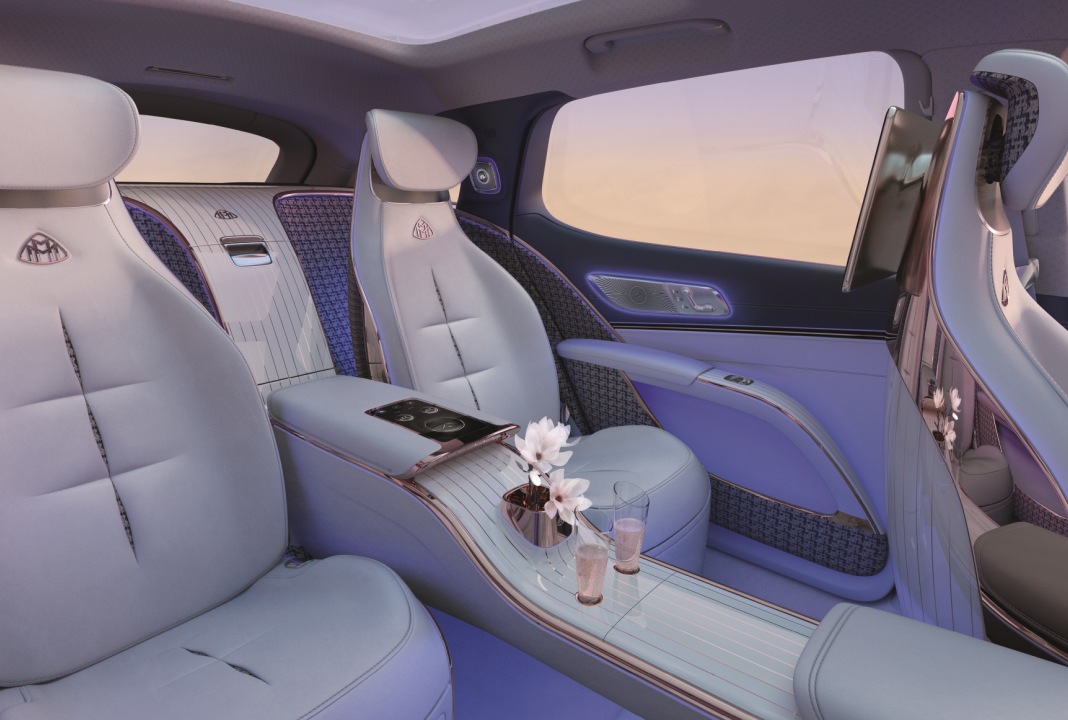 MBUX Hyperscreen with Maybach-specific display styles
MBUX Hyperscreen with Maybach-specific display styles
Another special eye-catcher in the interior is the MBUX Hyperscreen with Maybach-specific display styles and content. This large, curved screen unit extends almost from A-pillar to A-pillar. Three screens sit under a glass cover and appear to merge into one. The 12.3-inch OLED display for the front passenger gives them their own display and control area. There, the entertainment functions are only available while the car is being driven in accordance with the country-specific legal regulations. If the interior camera detects that the driver is looking at the passenger display, this is automatically dimmed when certain content is showing.
With adaptive software thanks to artificial intelligence, MBUX adapts completely to its user. It makes personalised suggestions for numerous infotainment, comfort and vehicle functions. With the zero layer, the most important applications are always offered on the top level within the field of vision, according to situation and context. Searching through submenus is no longer necessary.
In the high-resolution display of the infotainment system, there is an EQ tile in the main menu that serves as a central access point to the specific displays and settings. These include the charging current, departure time, energy flow and consumption histogram. In addition, the navigation and driving programs can also be operated via the media display. EV-specific navigation services and functions are also offered in conjunction with Mercedes me connect. These include, for example, the display of charging stations, the electric range and optimised route planning, taking into account the charging status, the weather and the traffic situation.
In addition, round air vents in high-gloss chrome, galvanised trim elements and the multifunction steering wheel from the VISION EQS with flattened top and bottom sections emphasise the high-quality and sophisticated look. The ambient lighting system, which can be adjusted in many ways, also creates a stylish atmosphere.
Modular architecture also serves as basis for another electric SUV
The Concept Mercedes-Maybach EQS is based on the modular architecture for luxury- and executive-class electric vehicles from Mercedes-Benz. A further all-electric model is also set to appear on this basis, the EQS SUV, which will go into series production in 2022, even before the Maybach. Here, too, the electric powertrain ensures exceptionally smooth and quiet running and provides for a new level of calm and relaxation in the interior. According to WLTP, ranges of around 600 kilometres are planned for the Mercedes EQS SUV architecture.


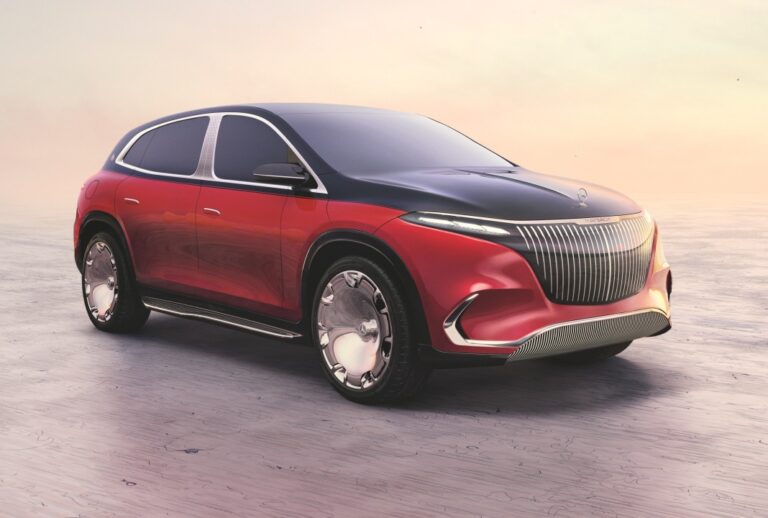
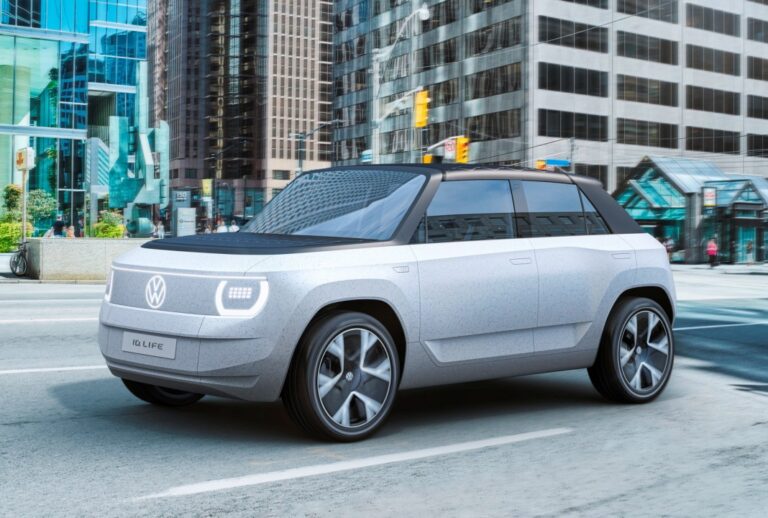



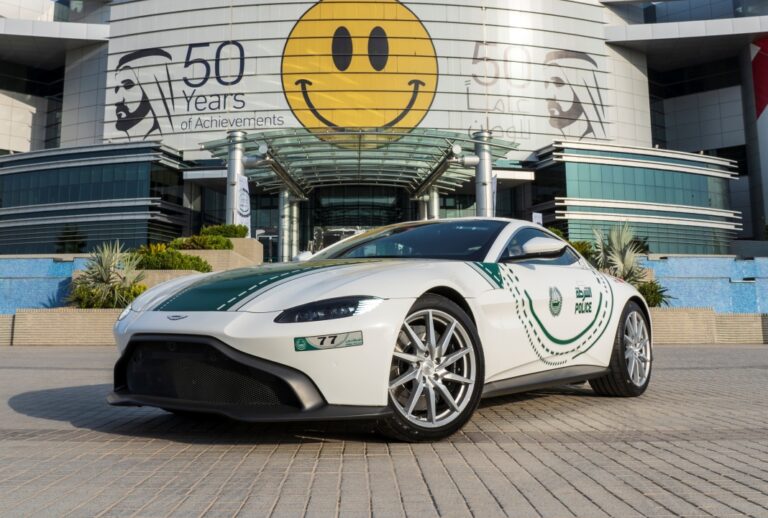


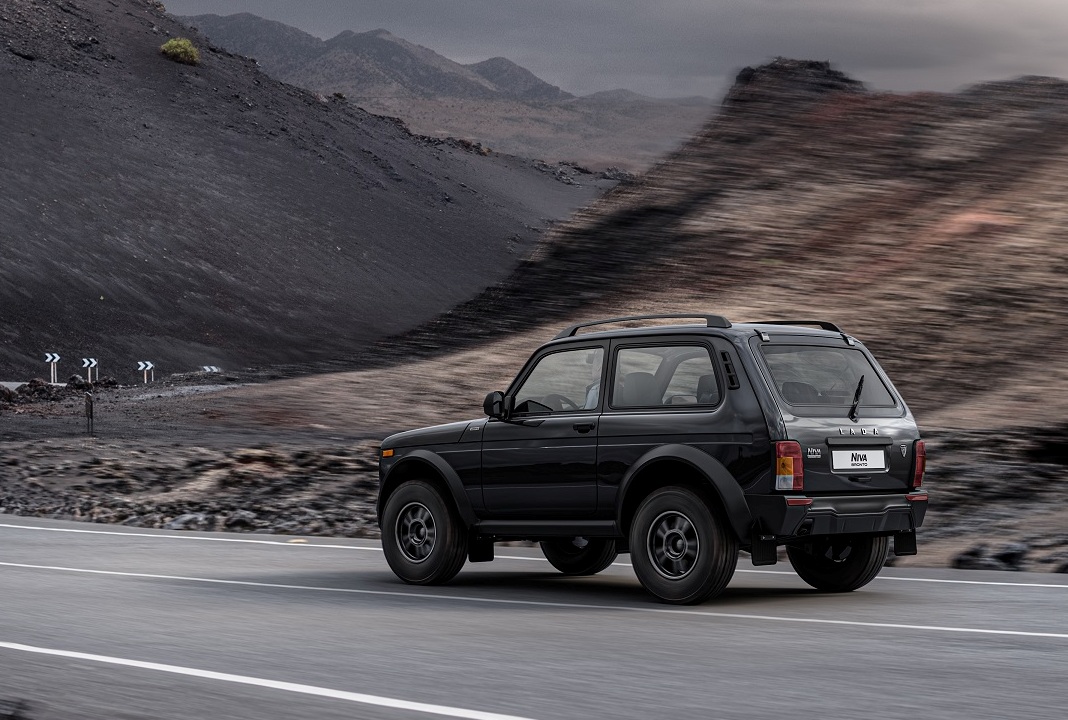

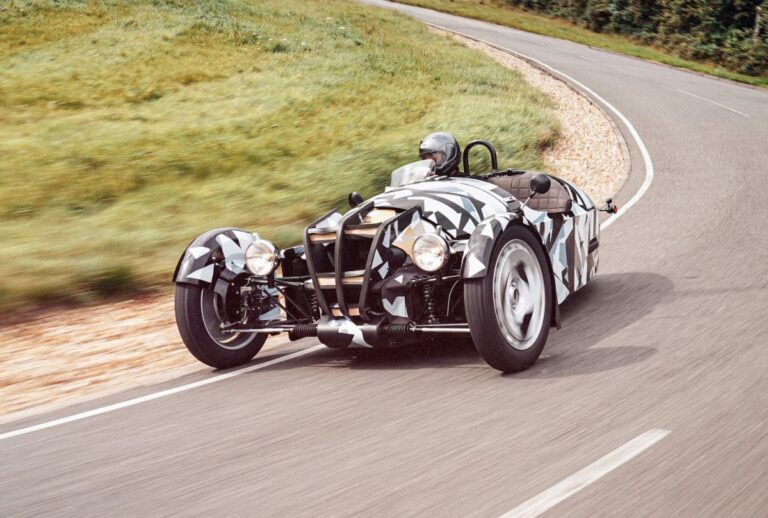


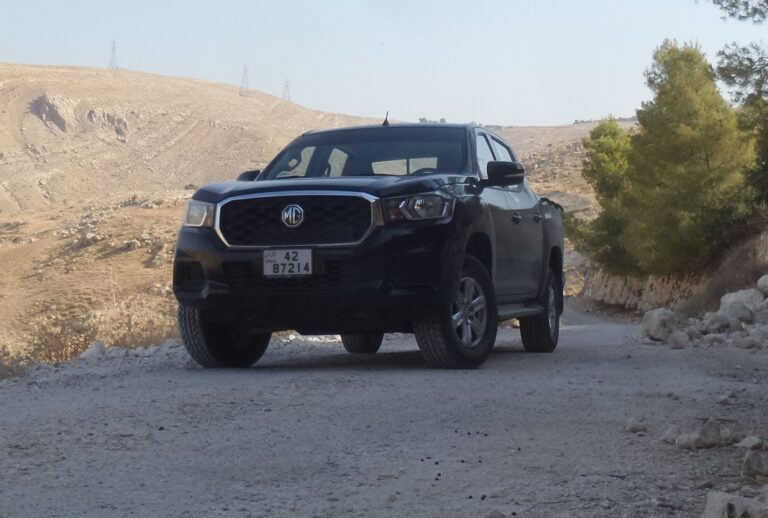




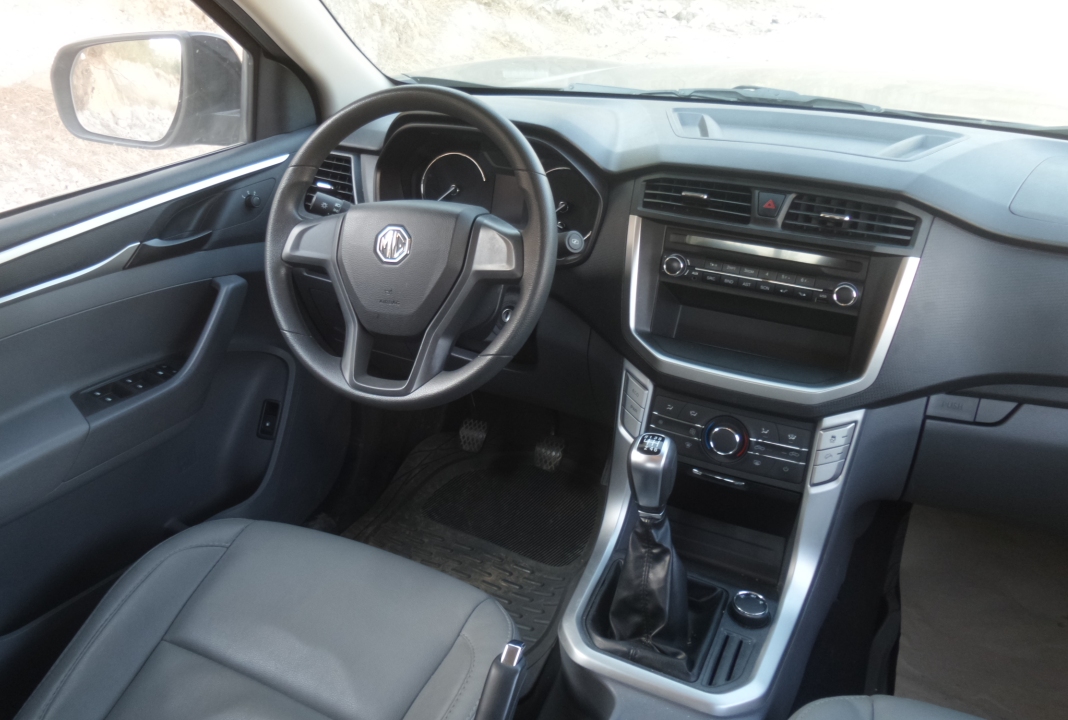

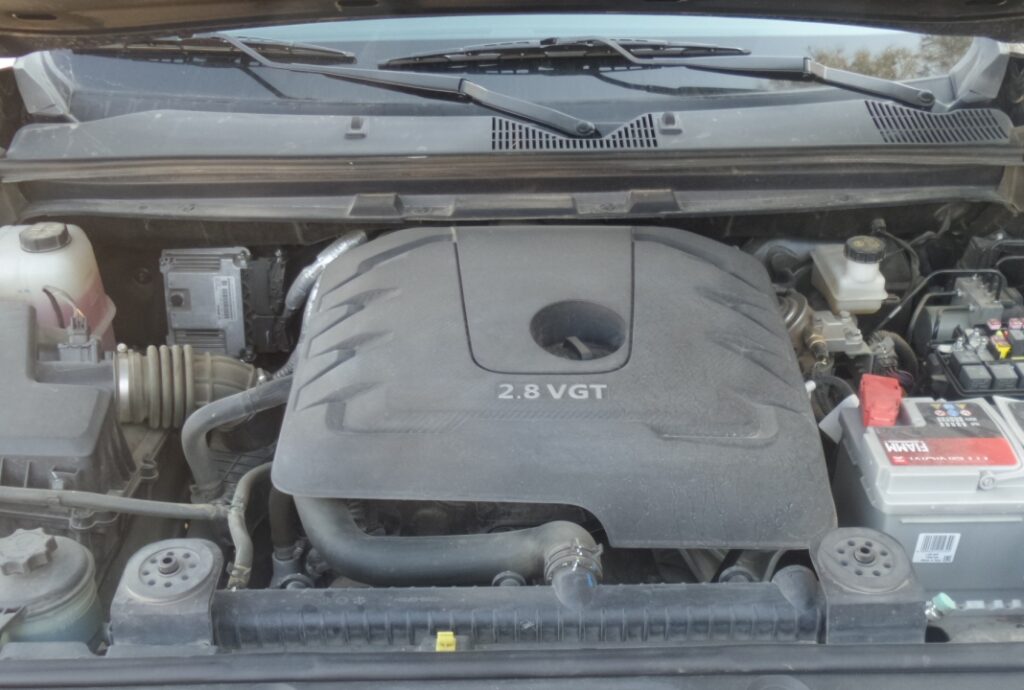
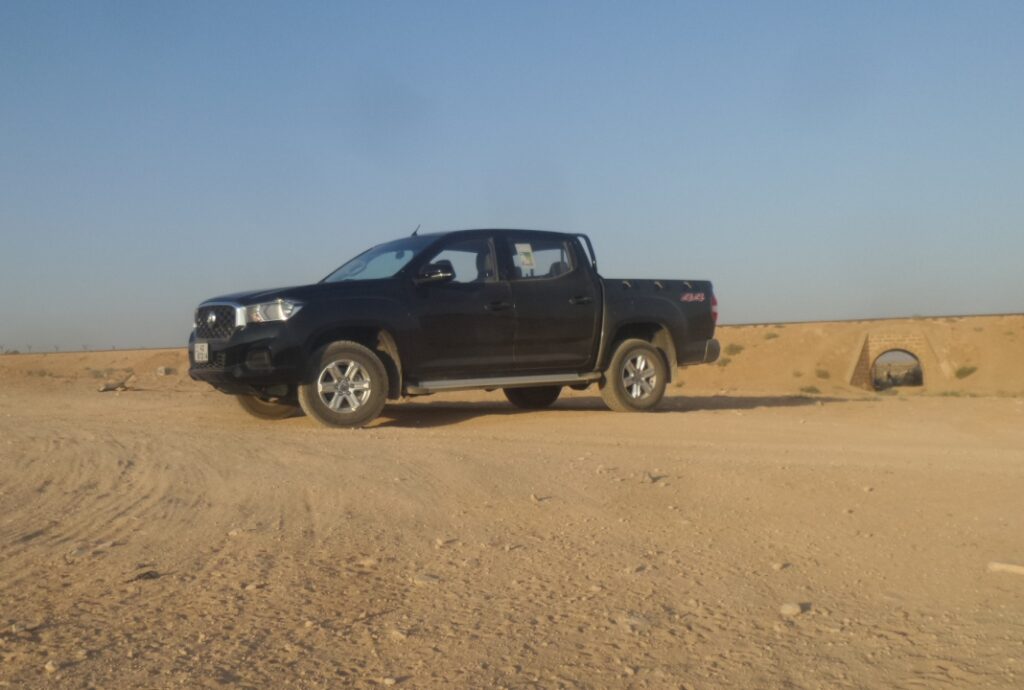
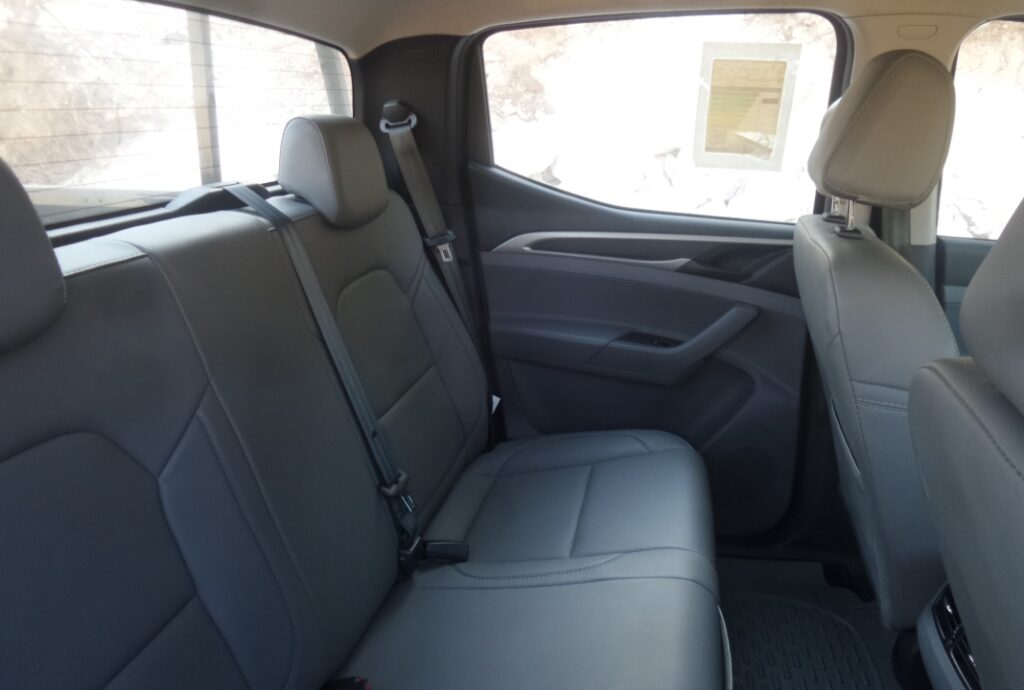

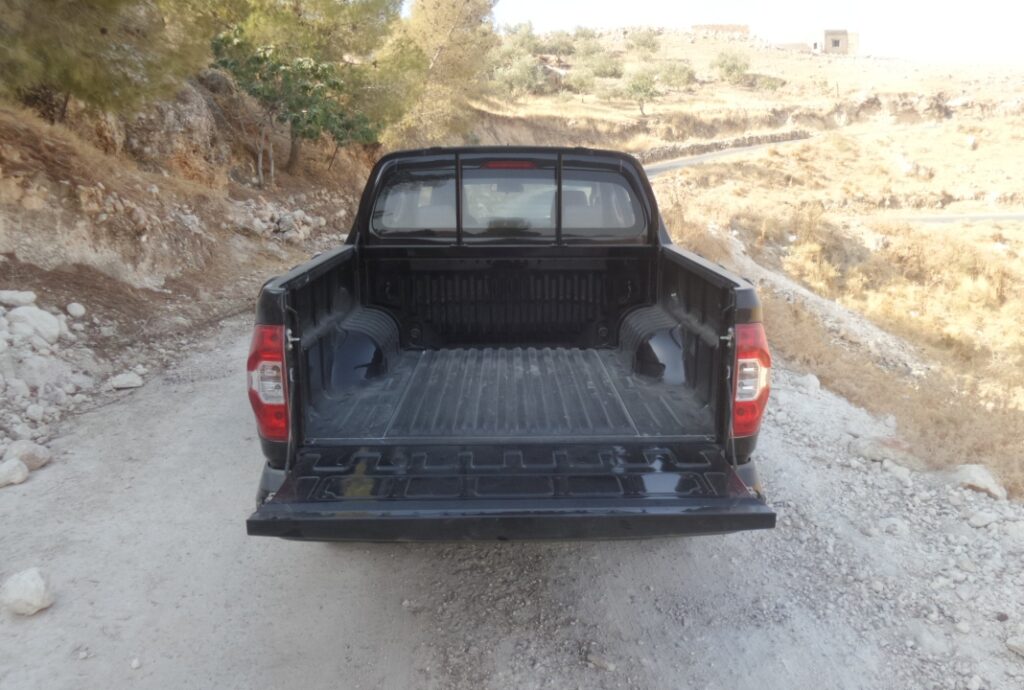

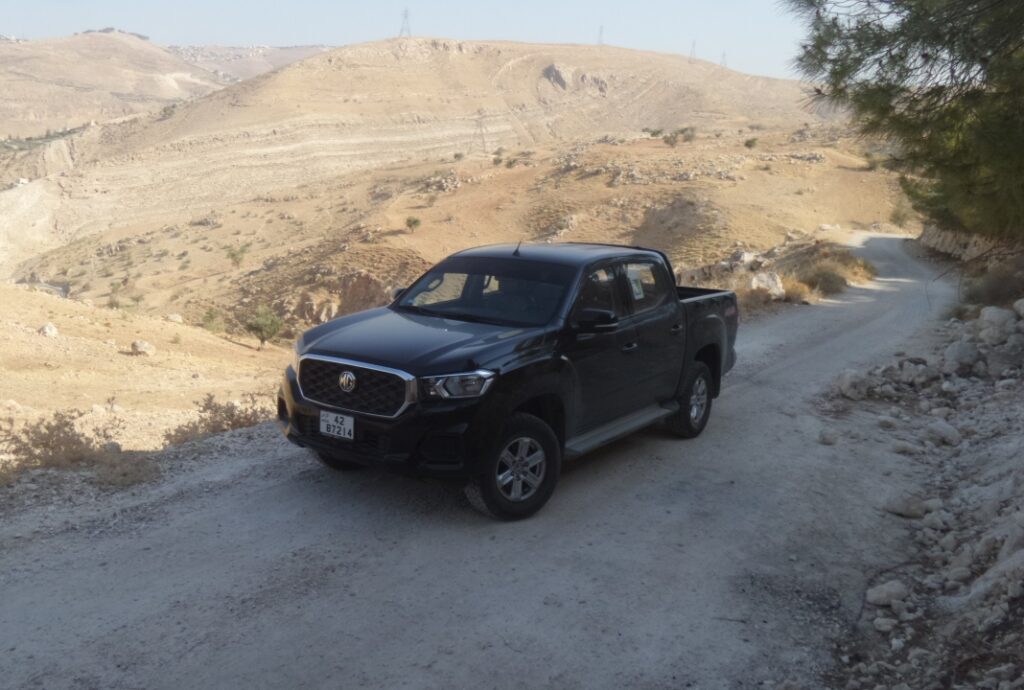
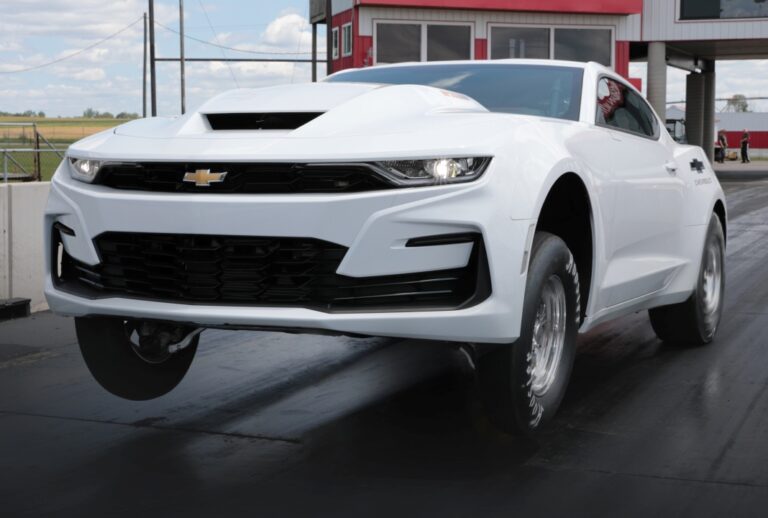

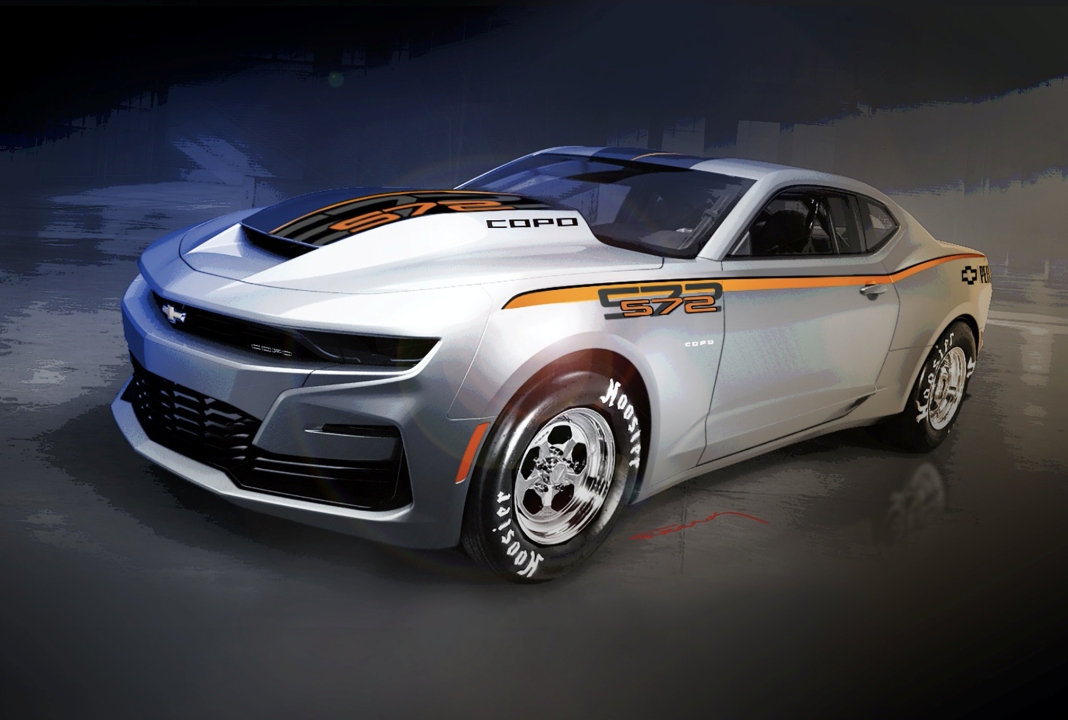

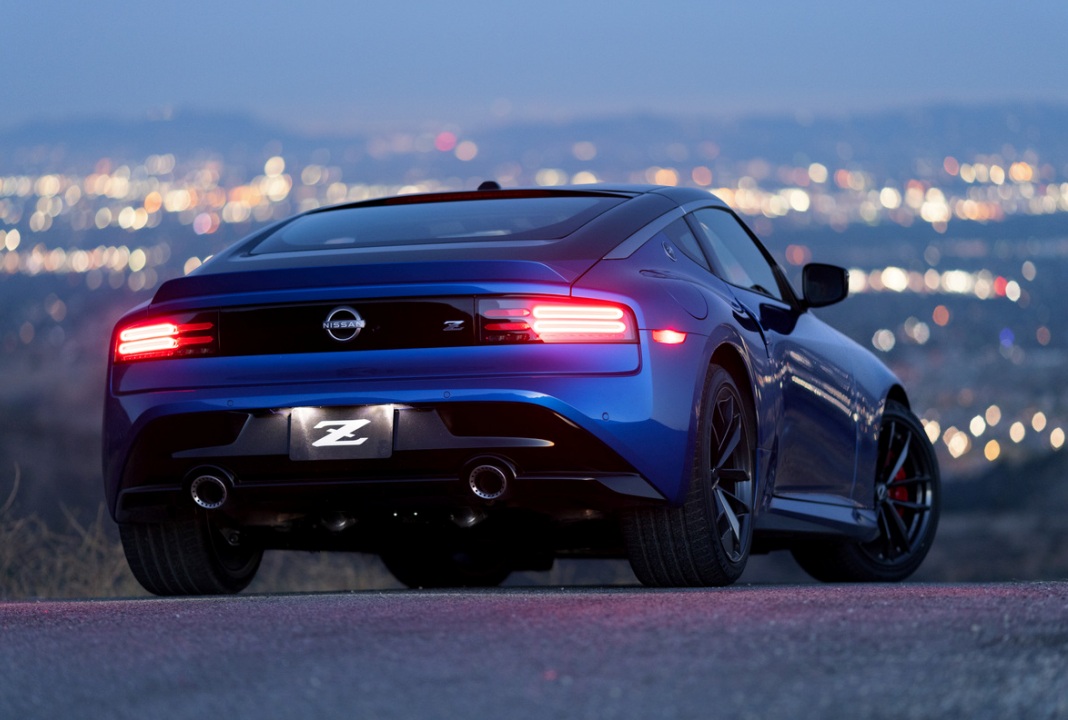


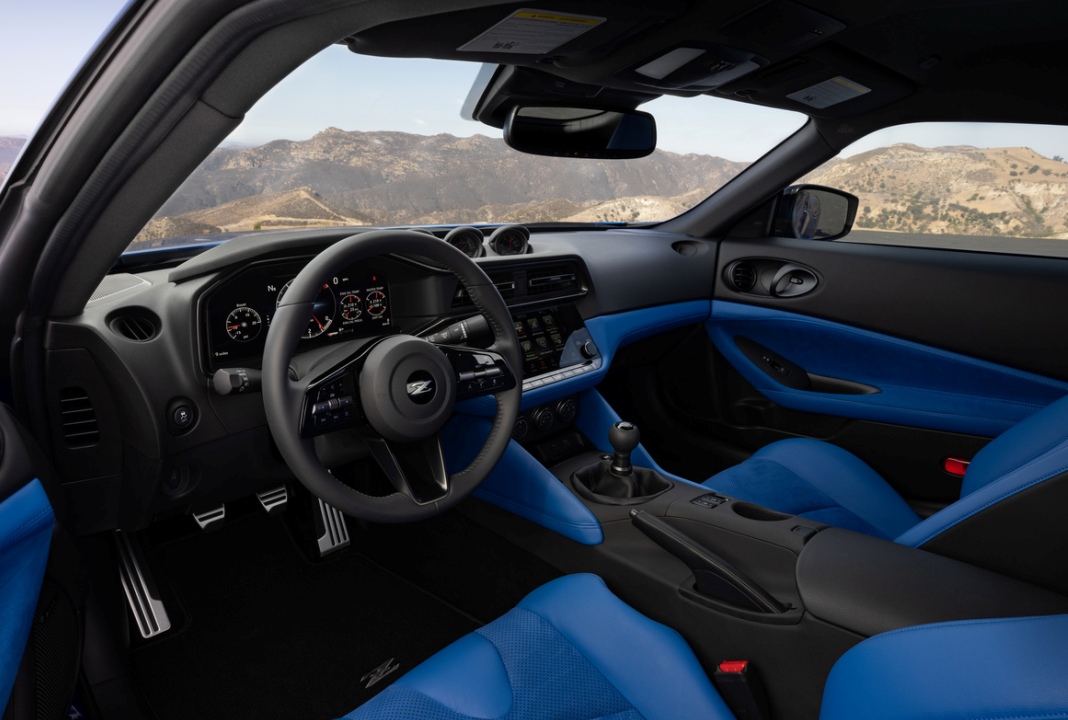

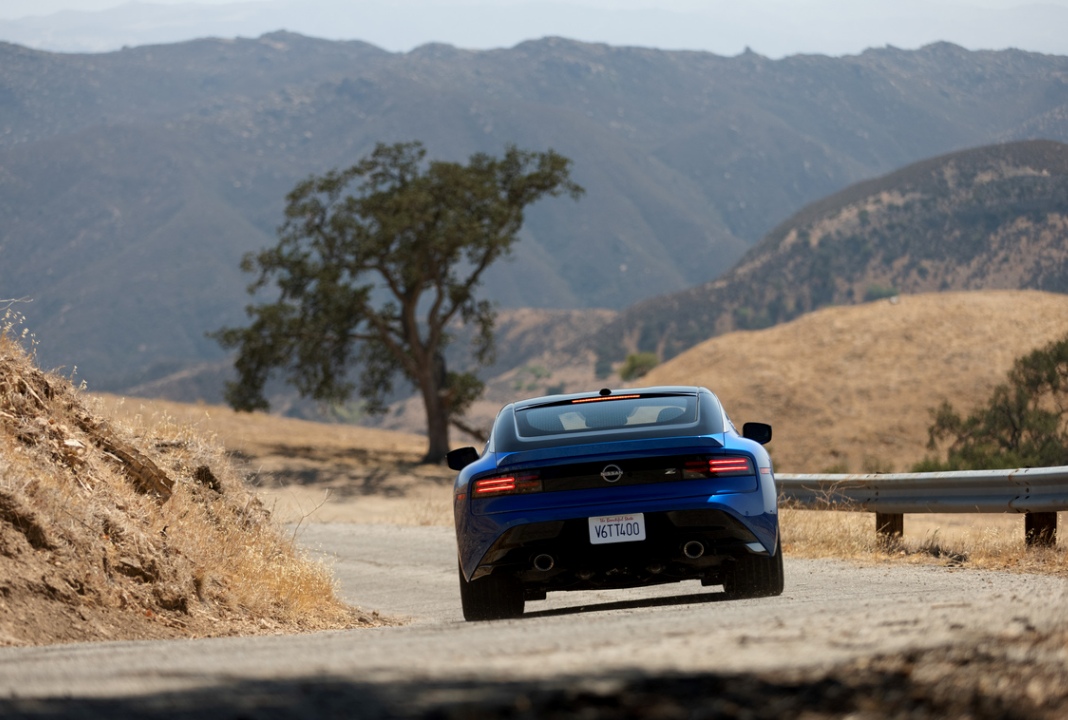
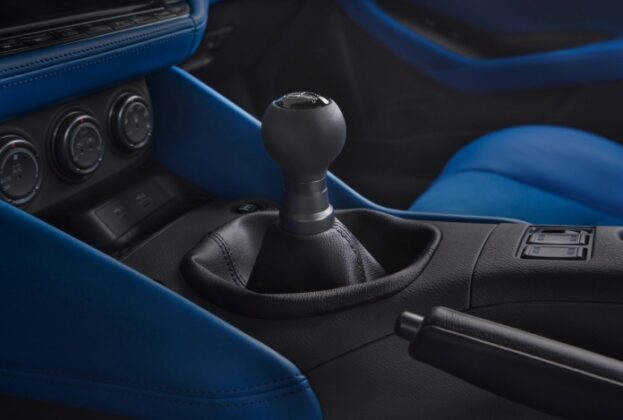
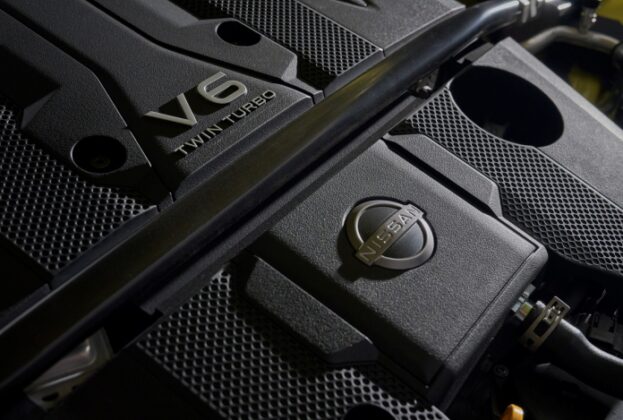
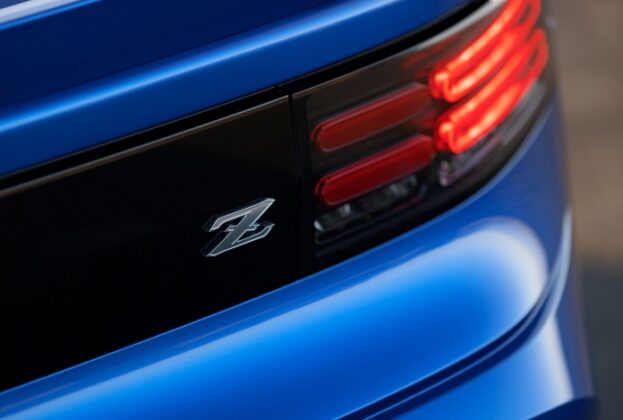
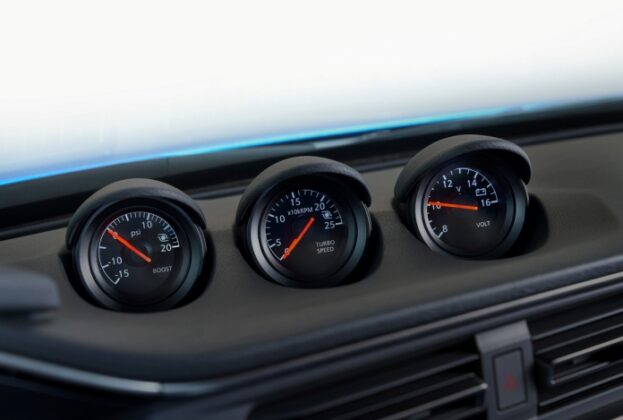

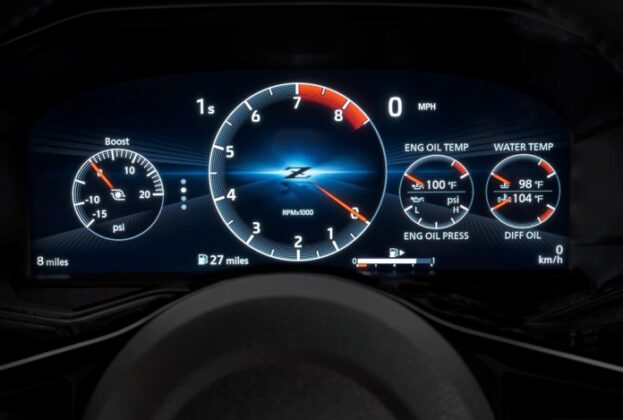
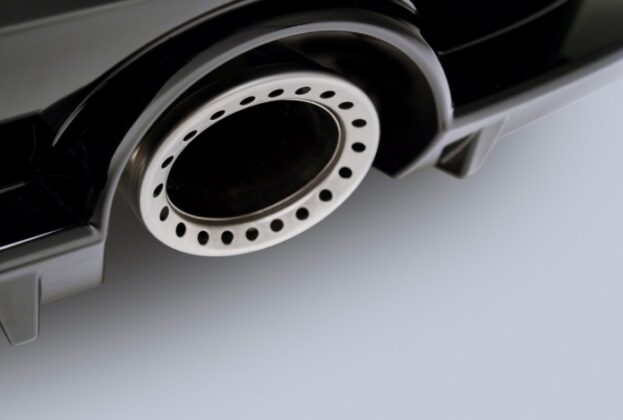


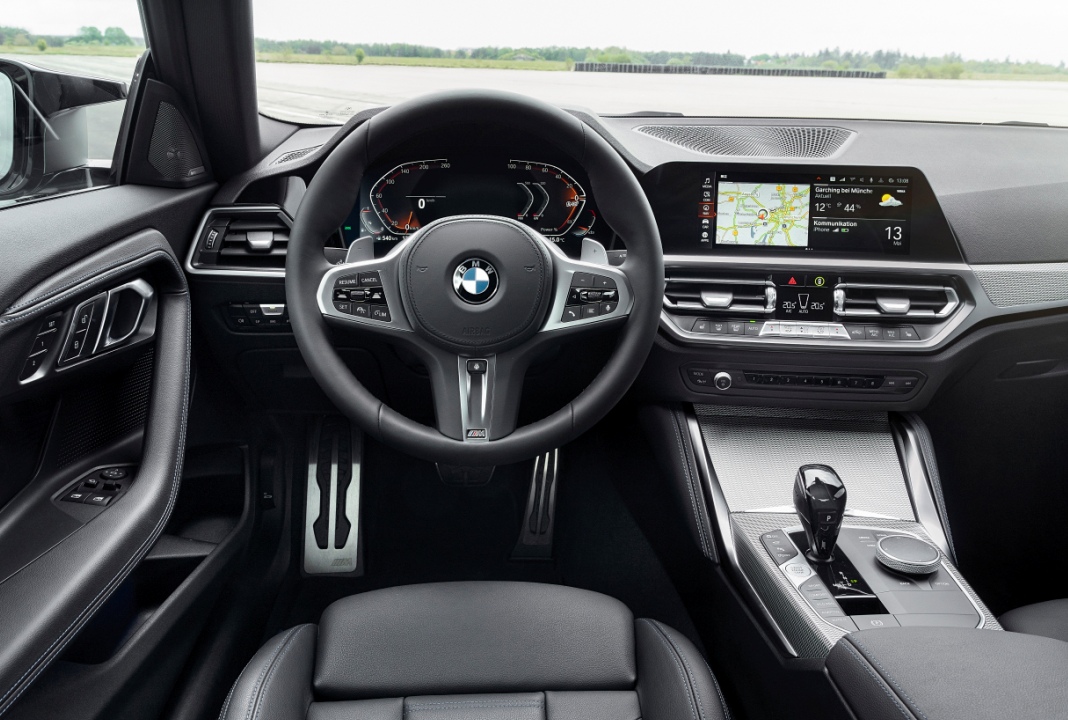
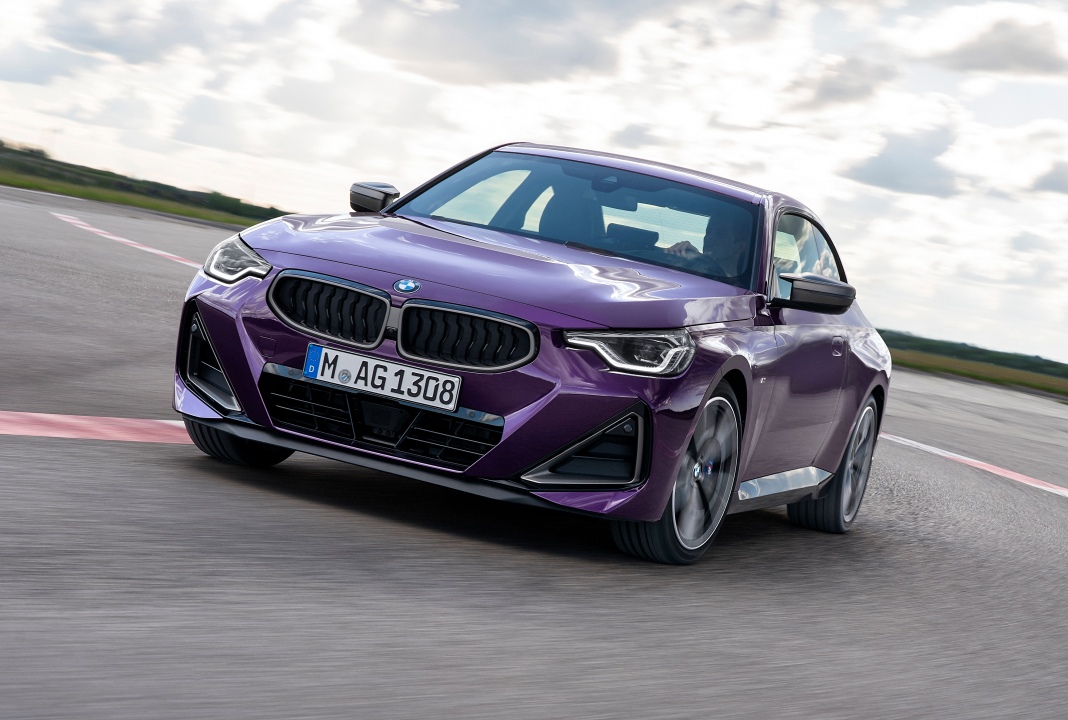


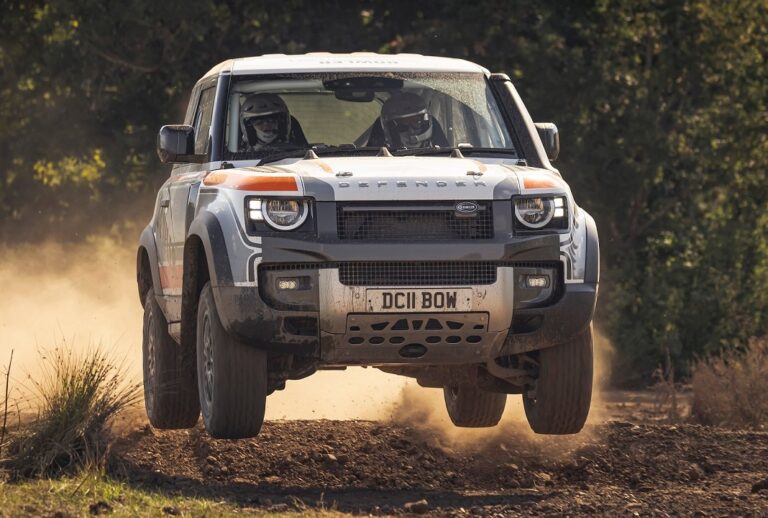
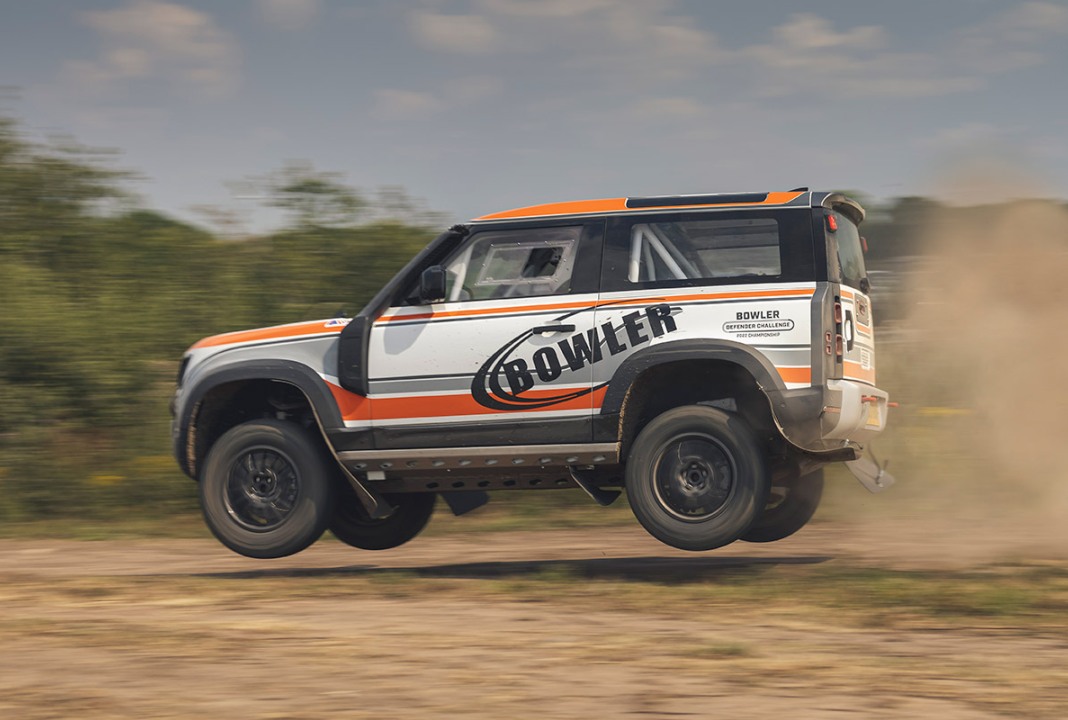




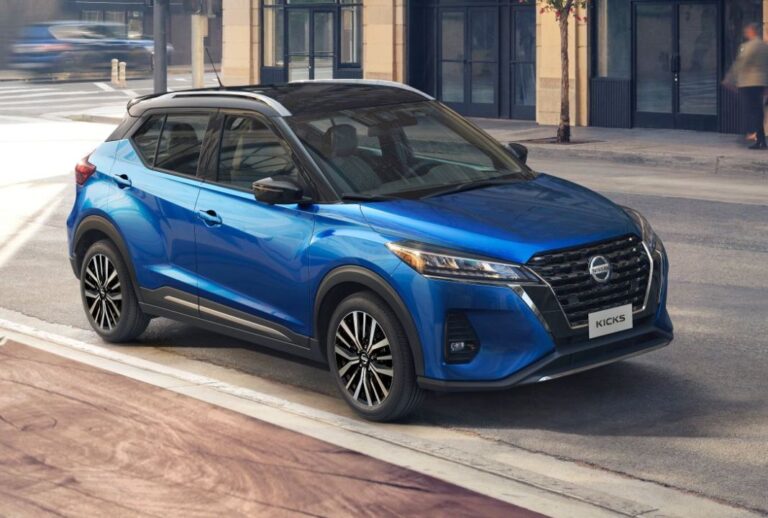
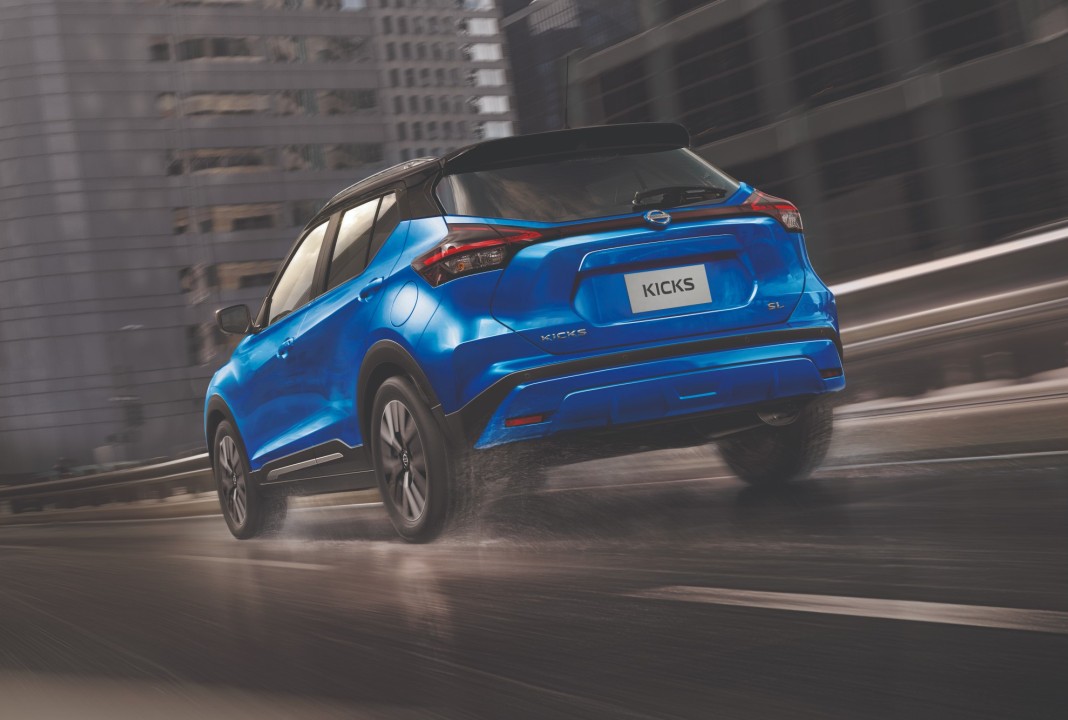





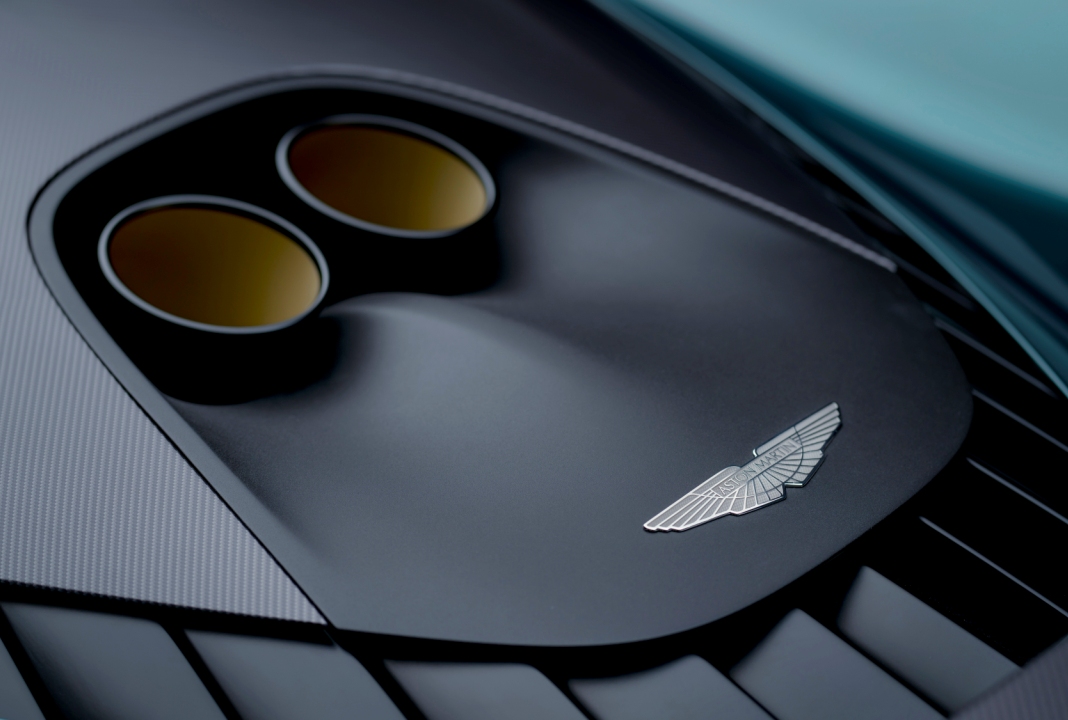

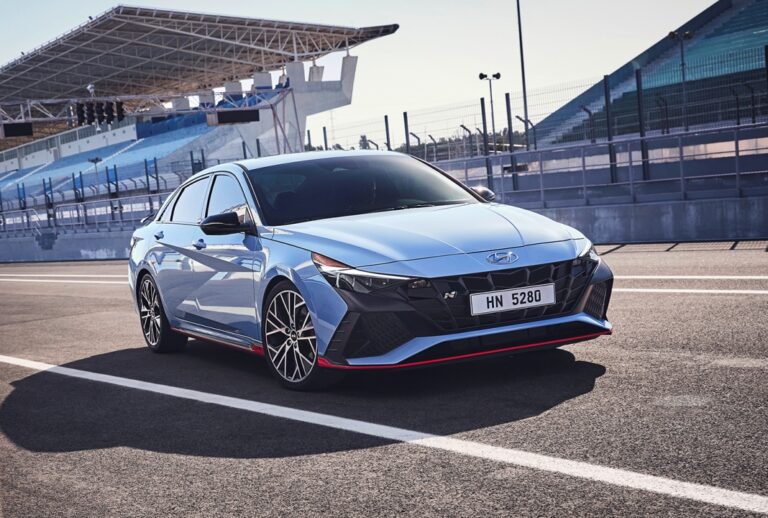
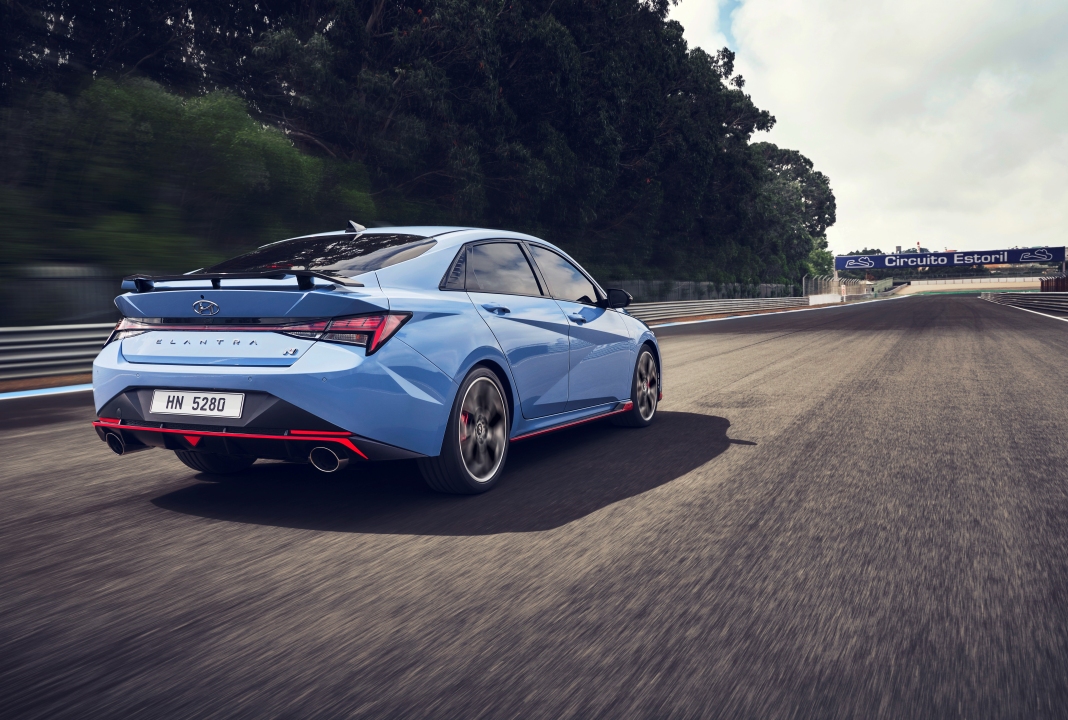



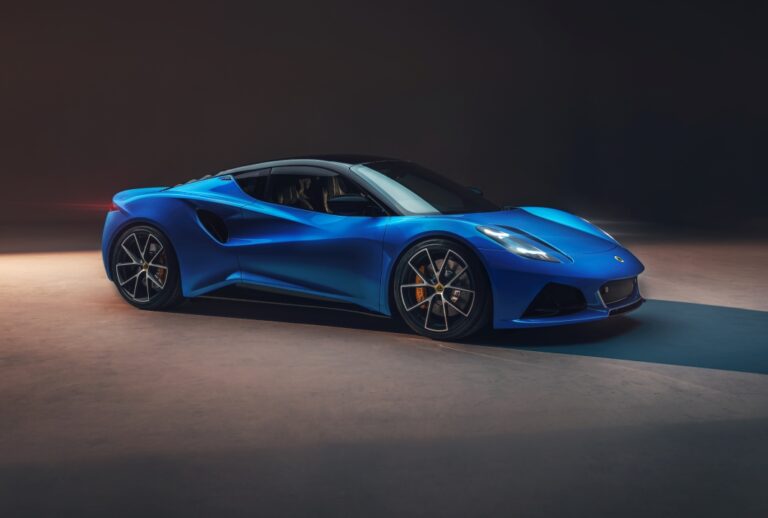




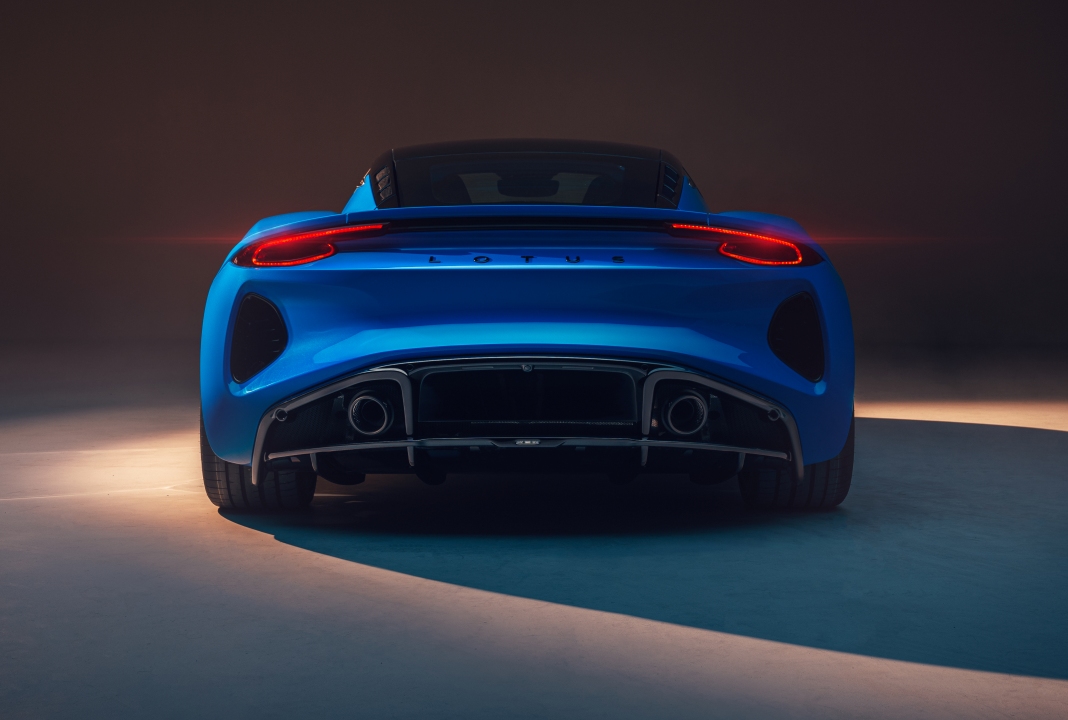


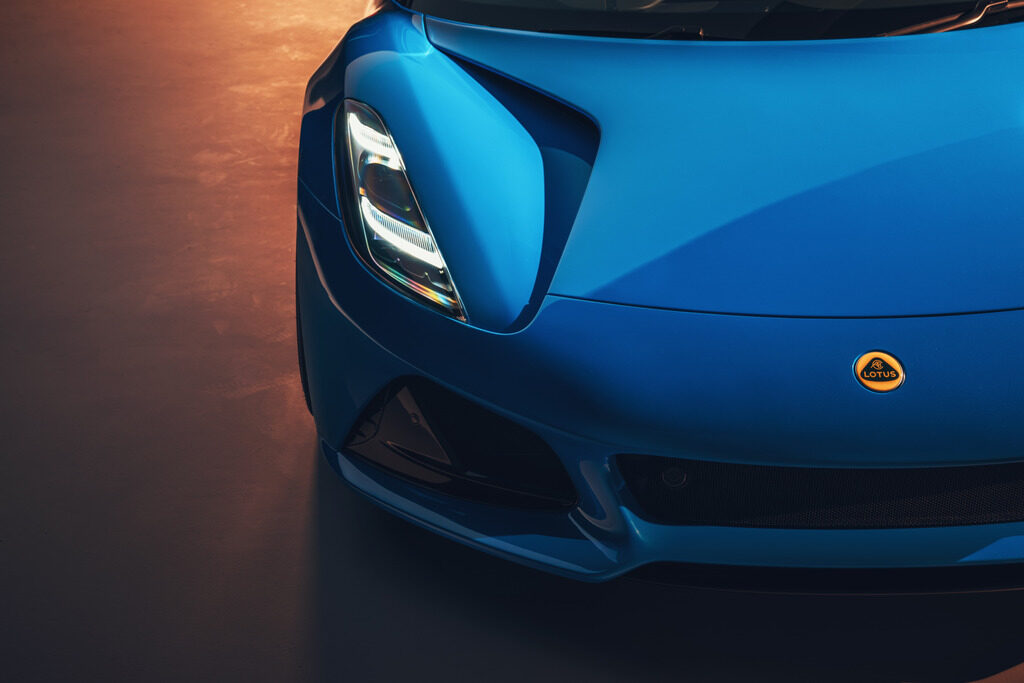
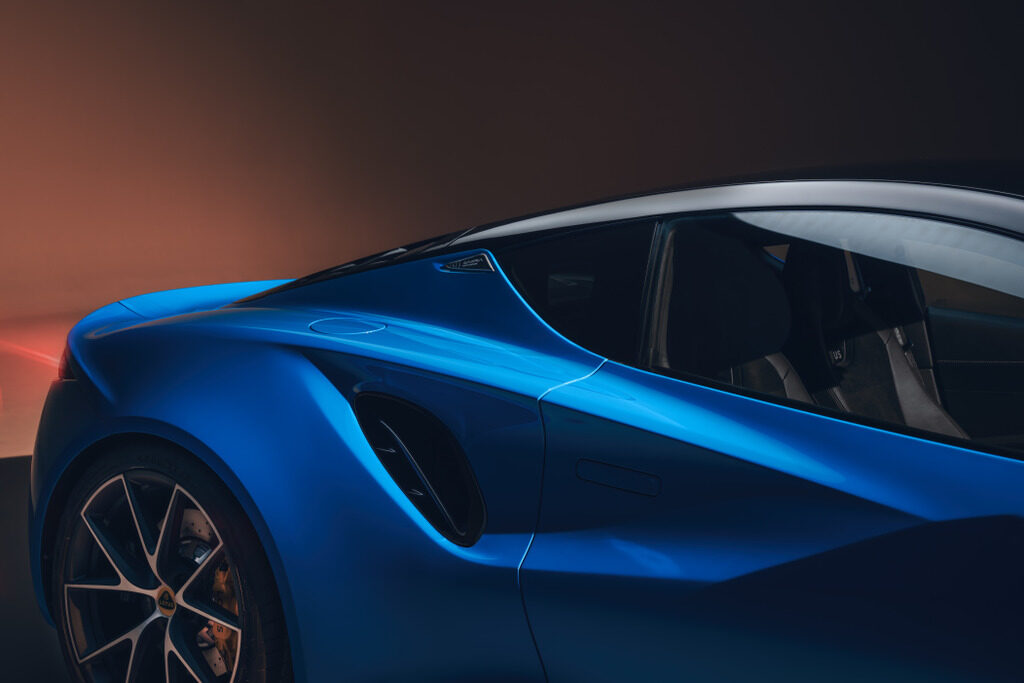
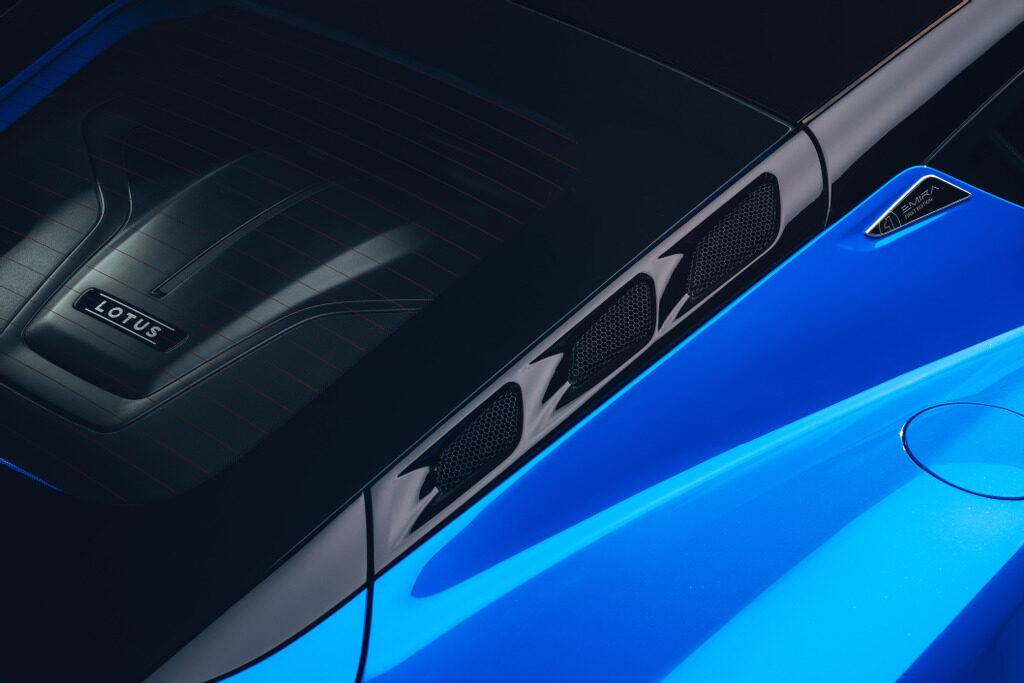

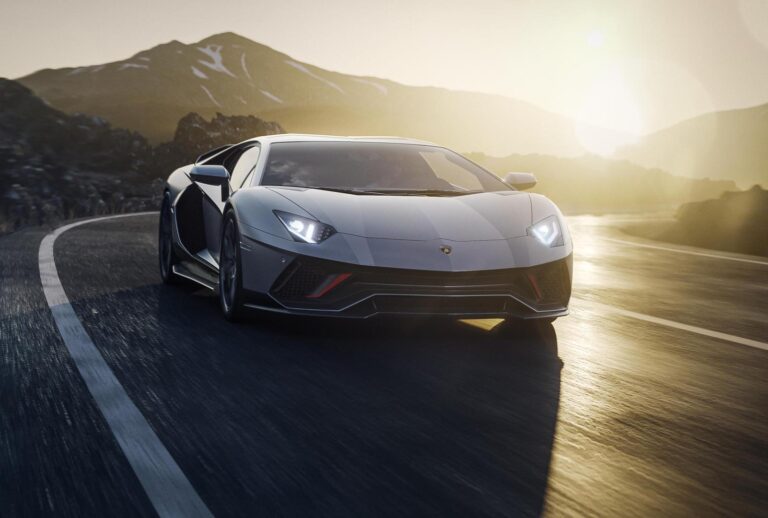

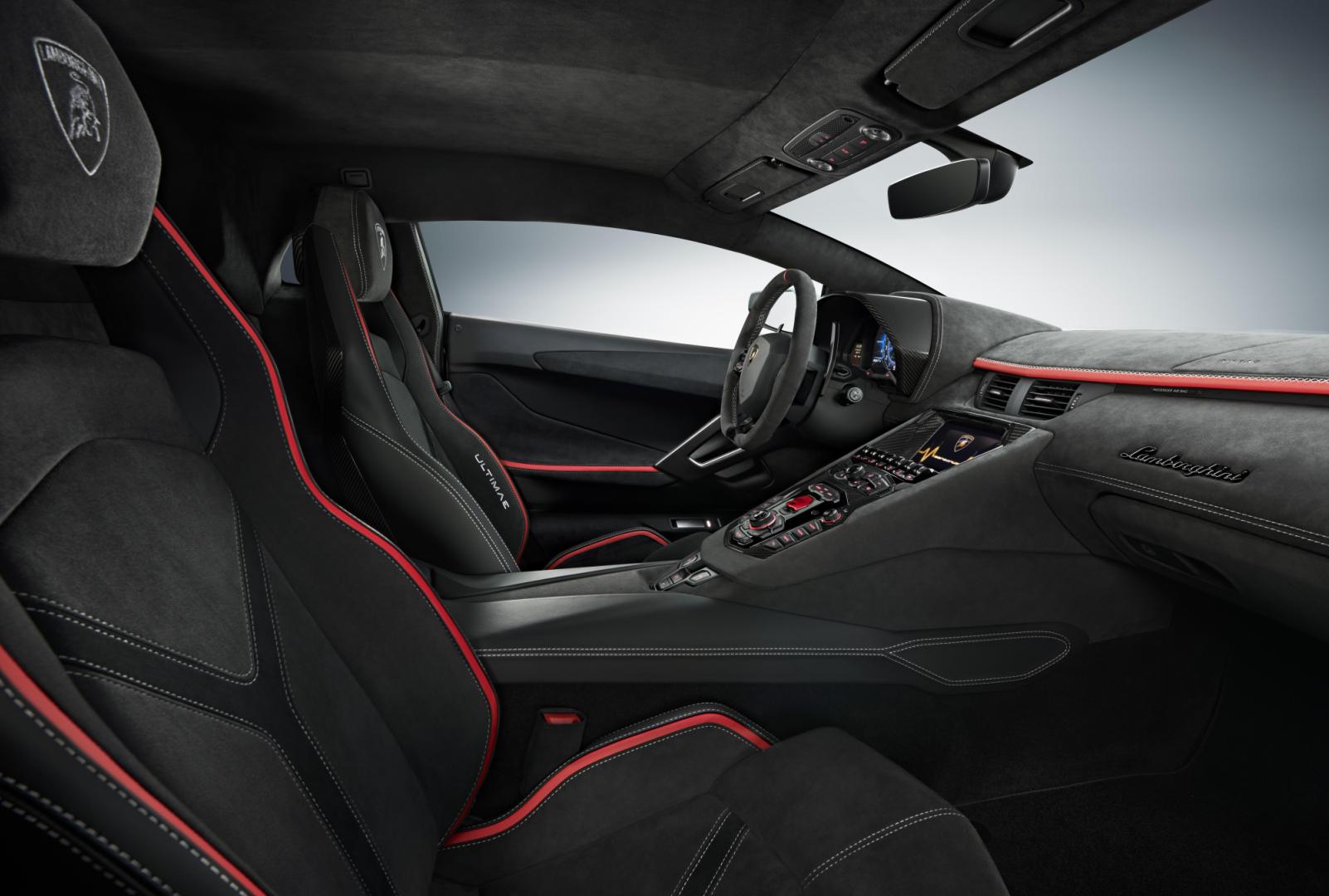


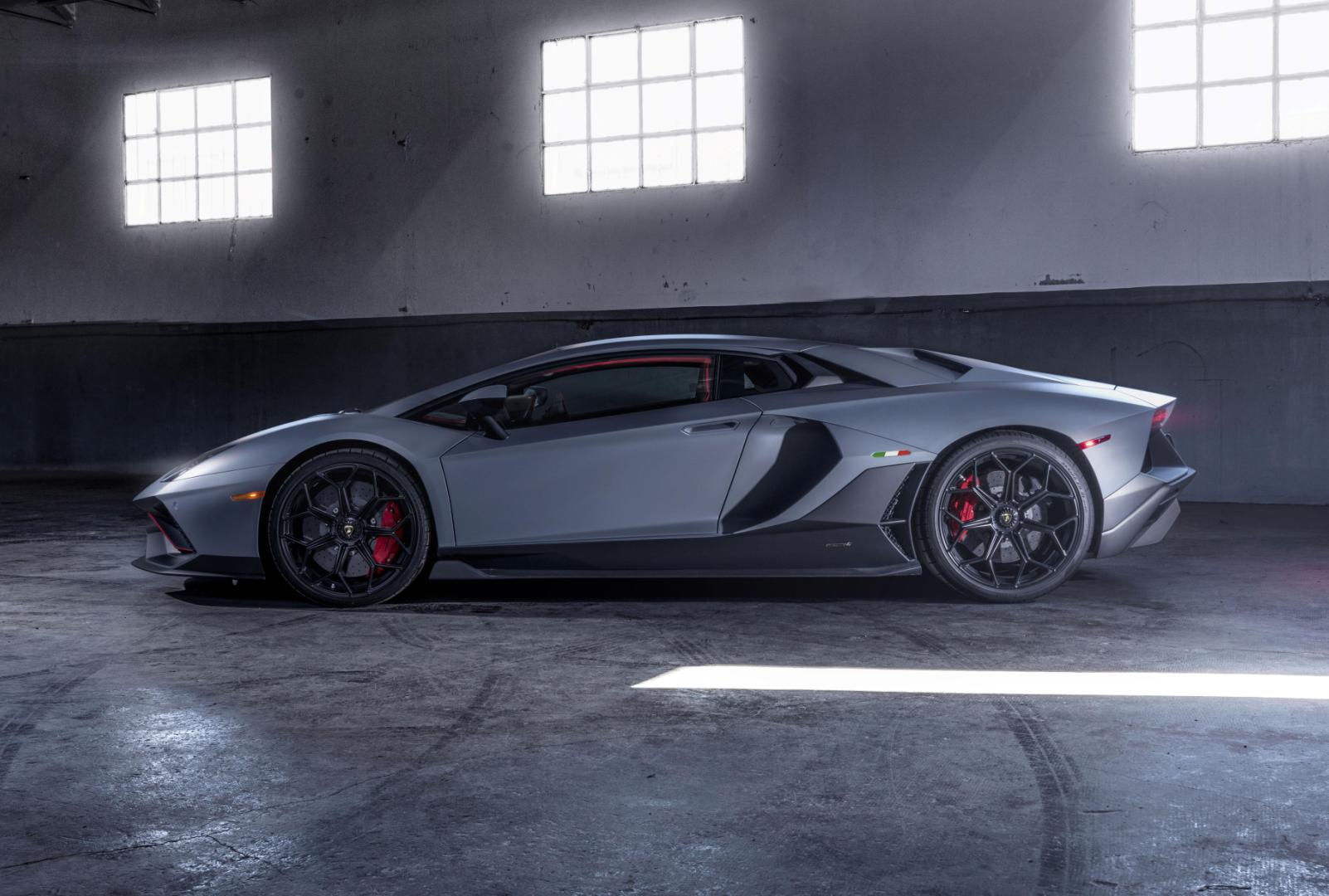
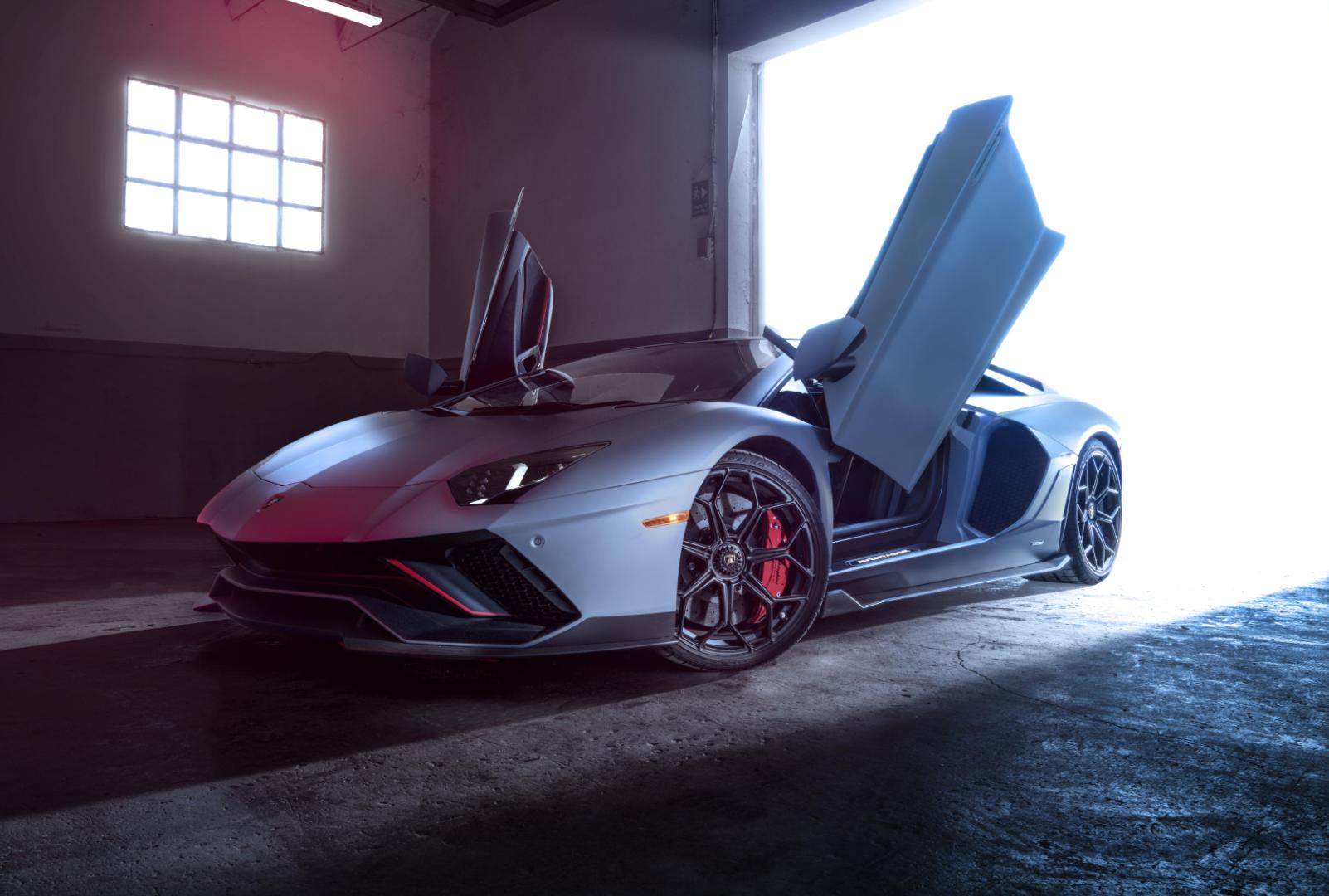
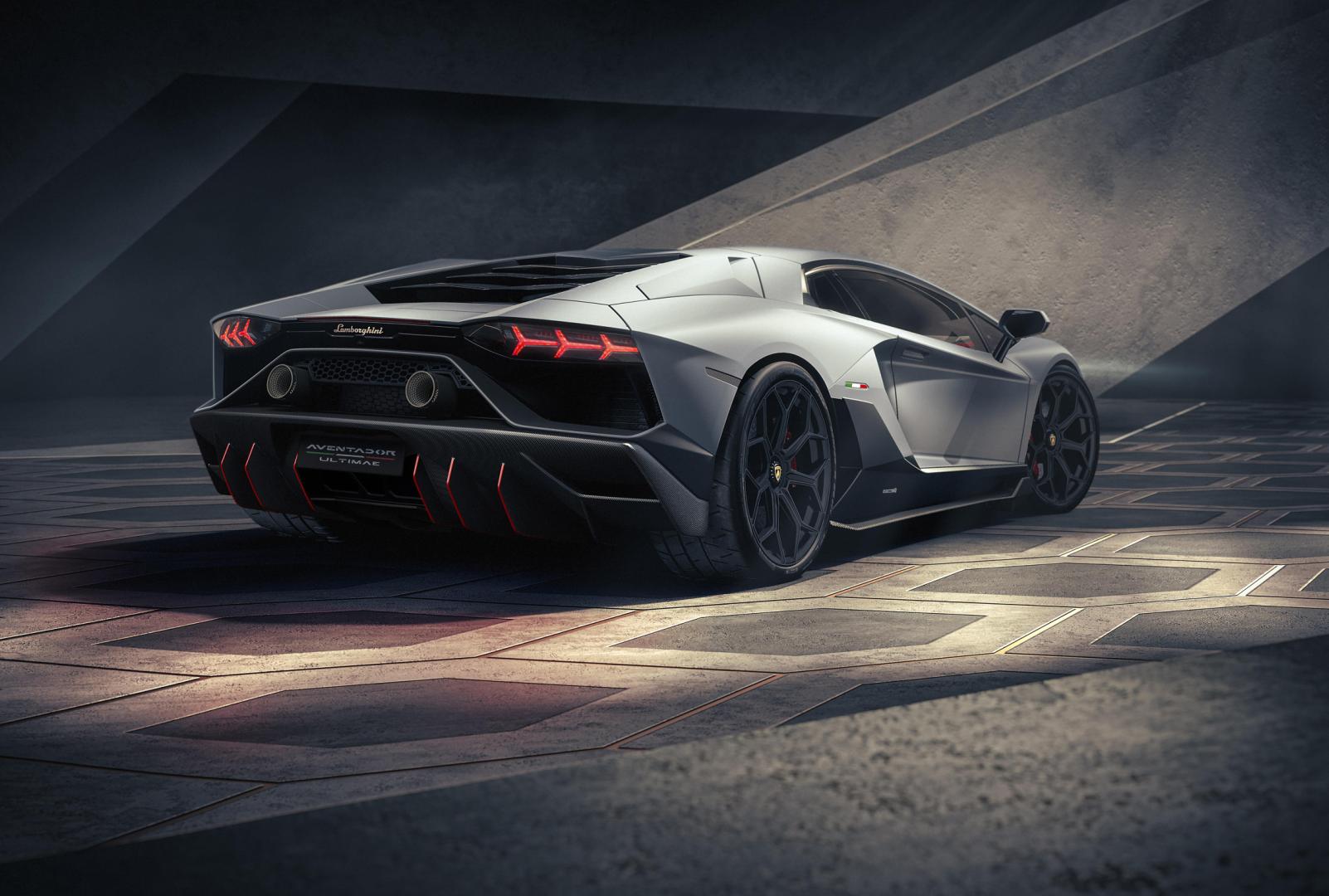







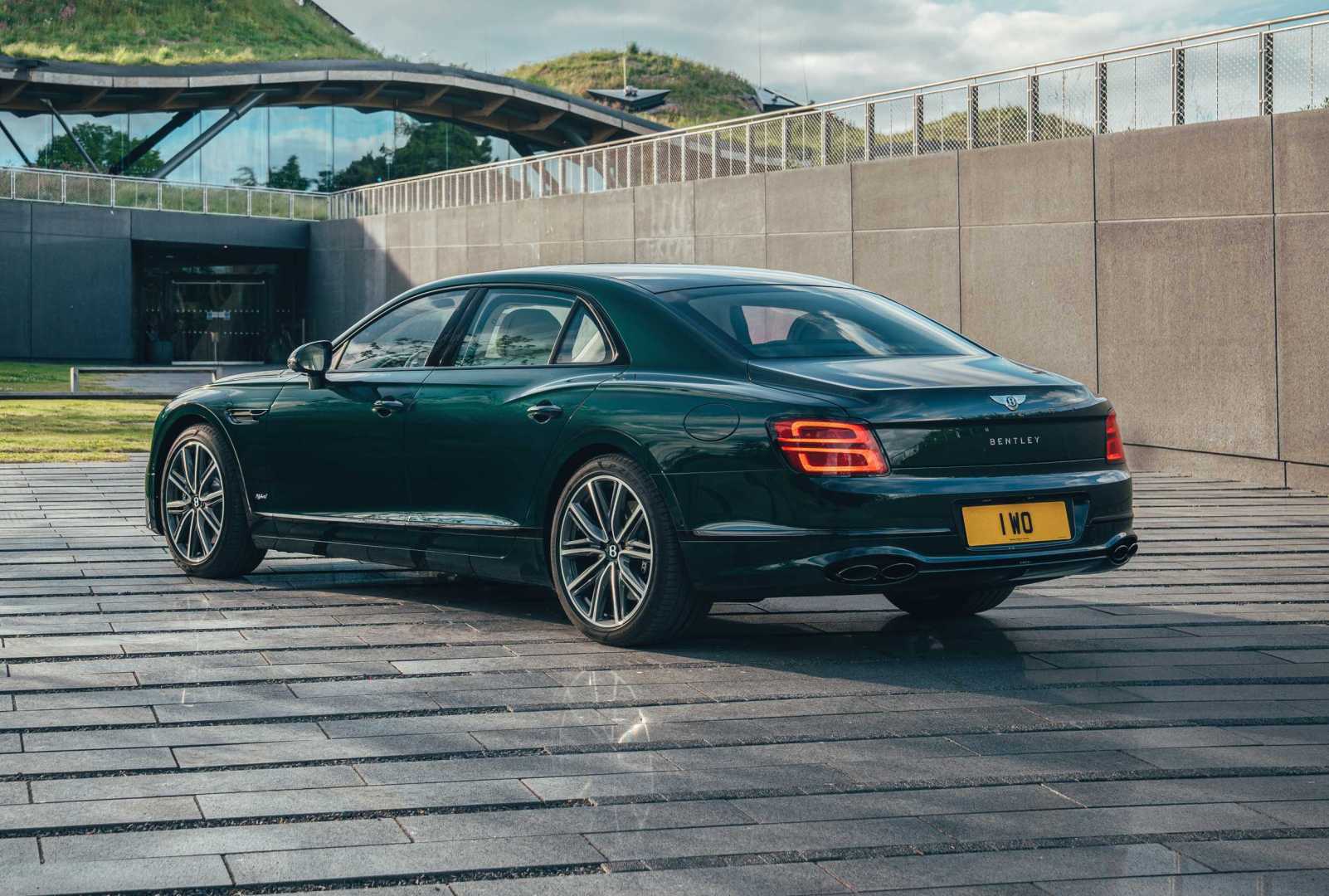
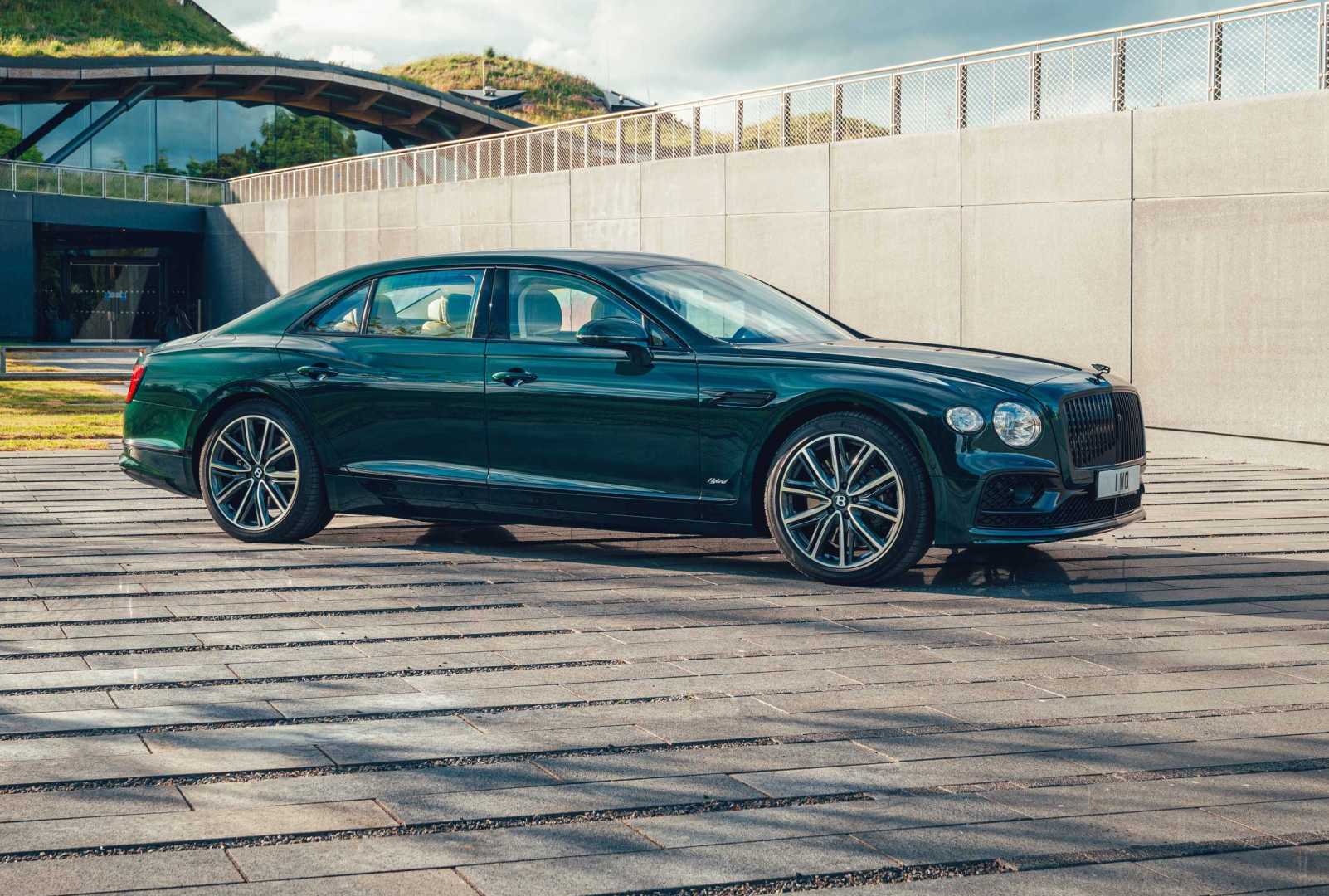
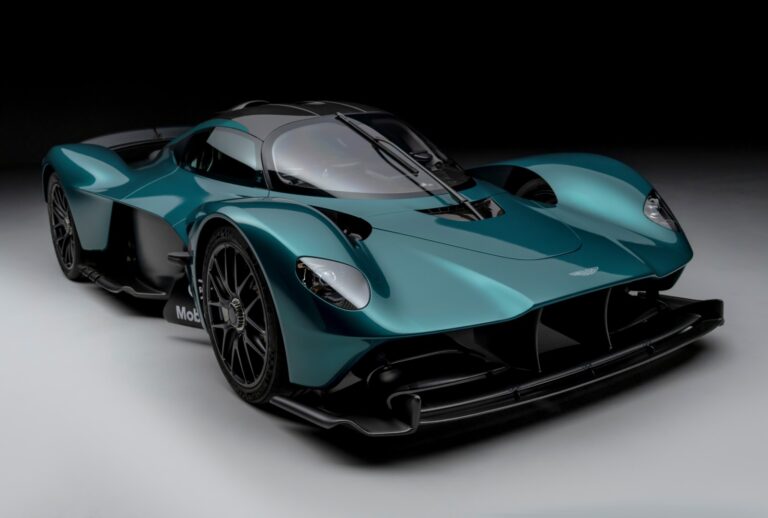
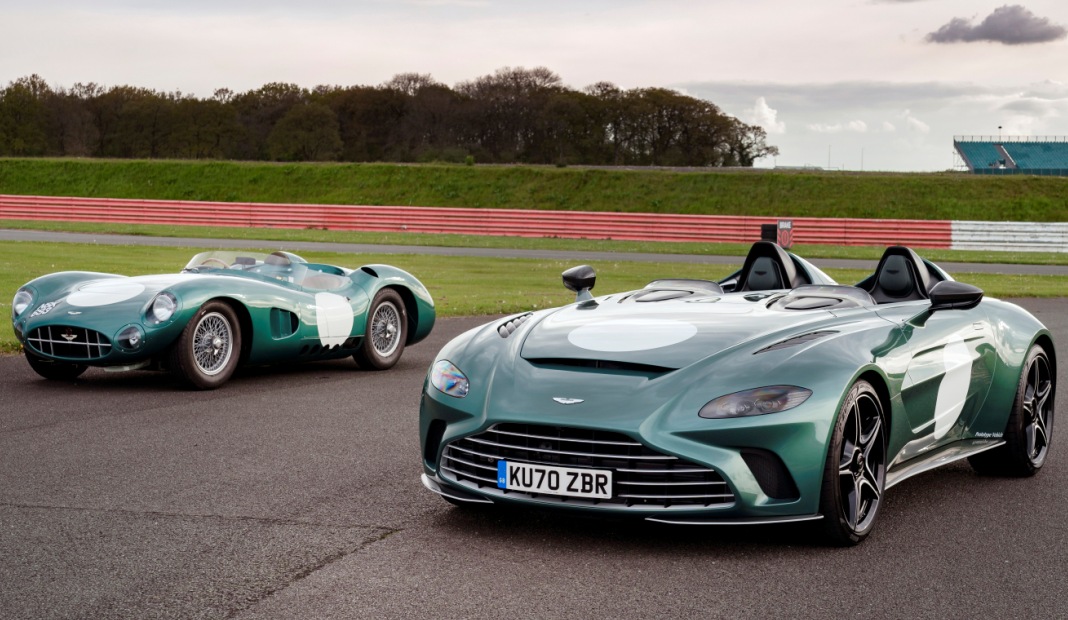

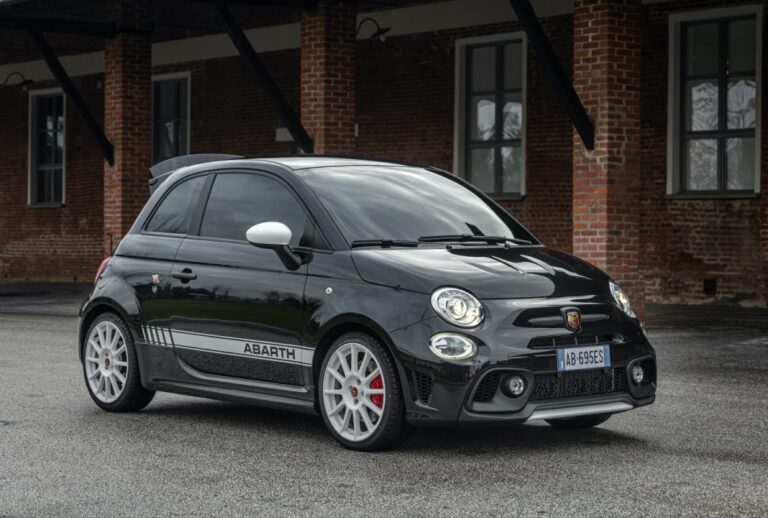
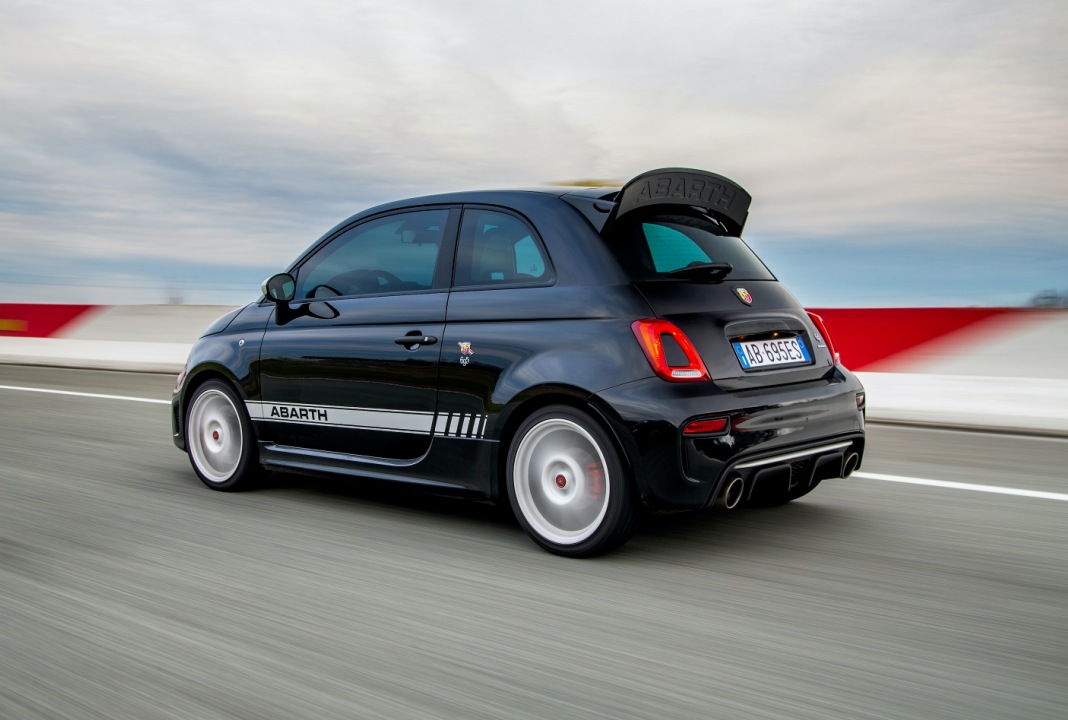
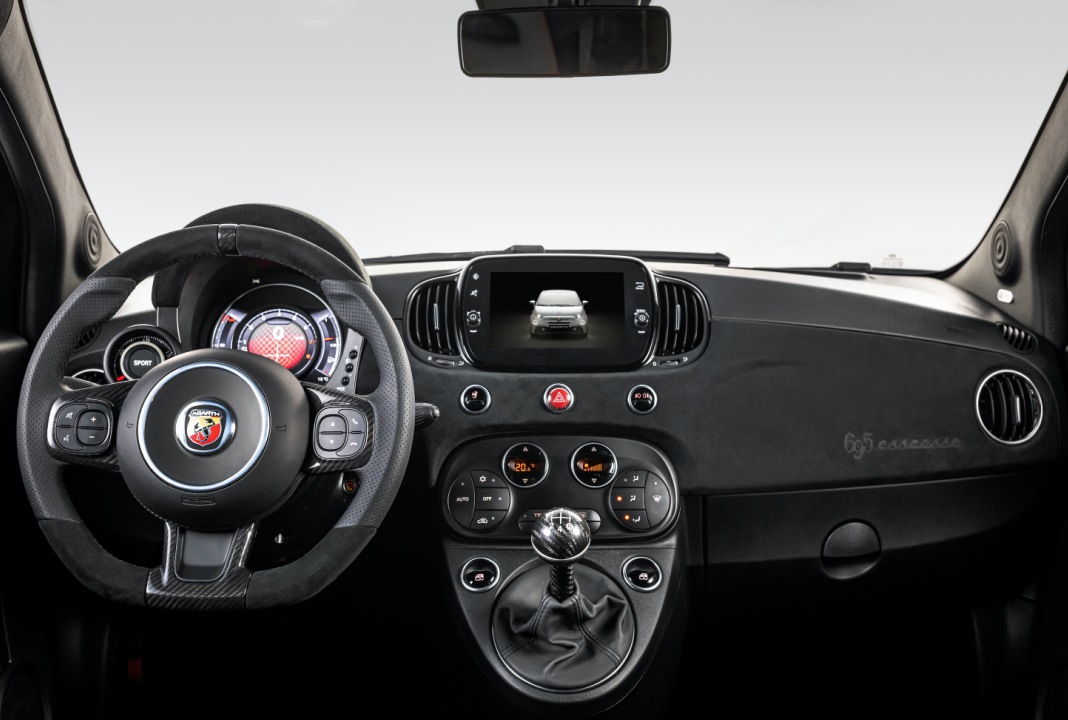

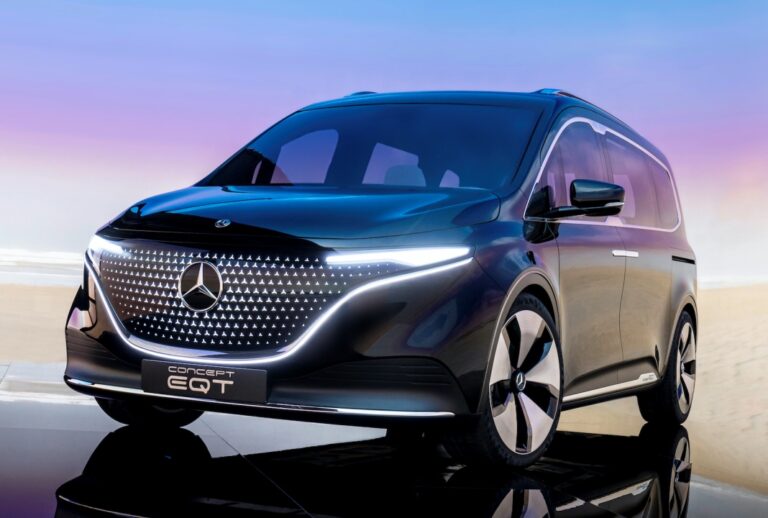
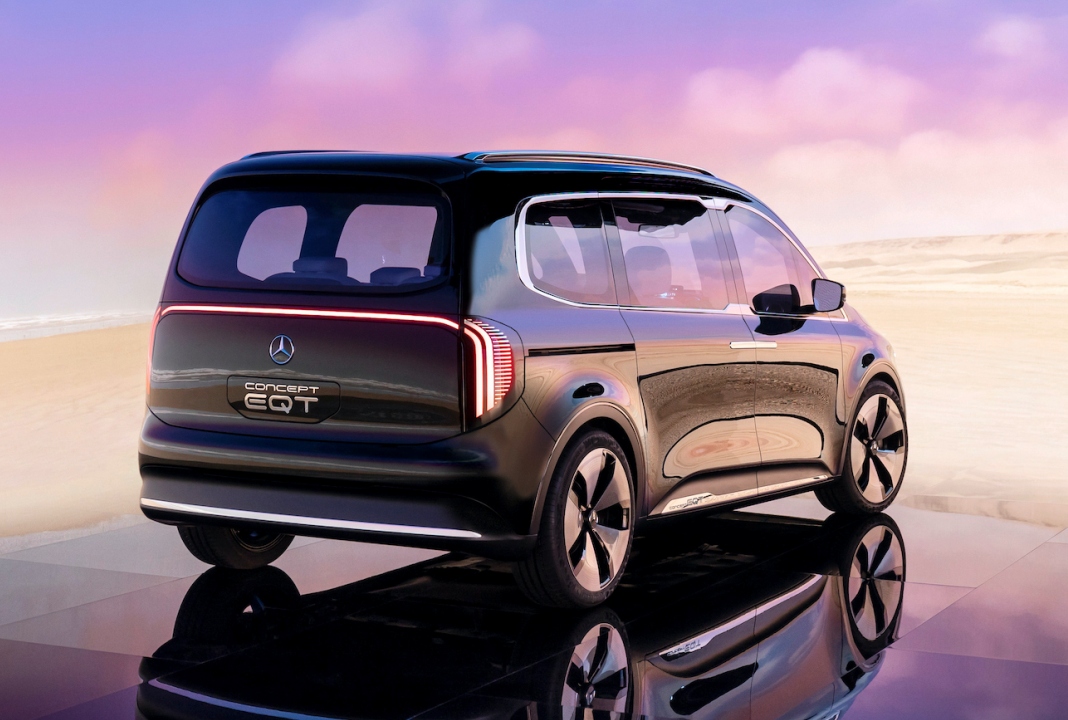



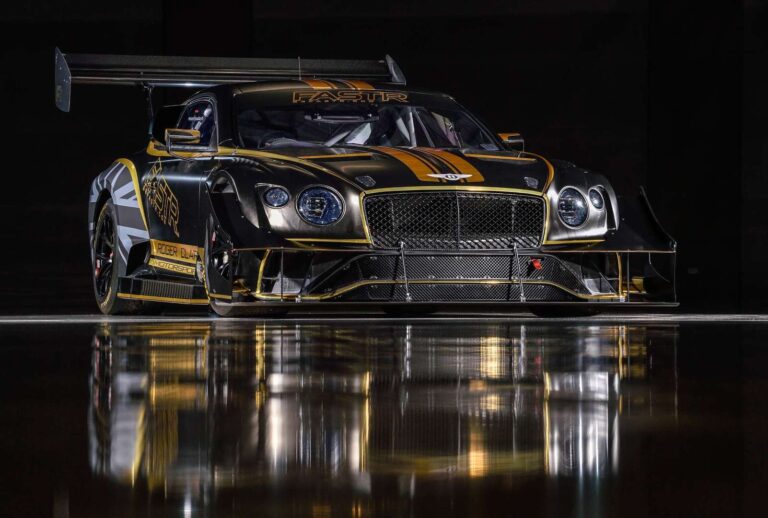
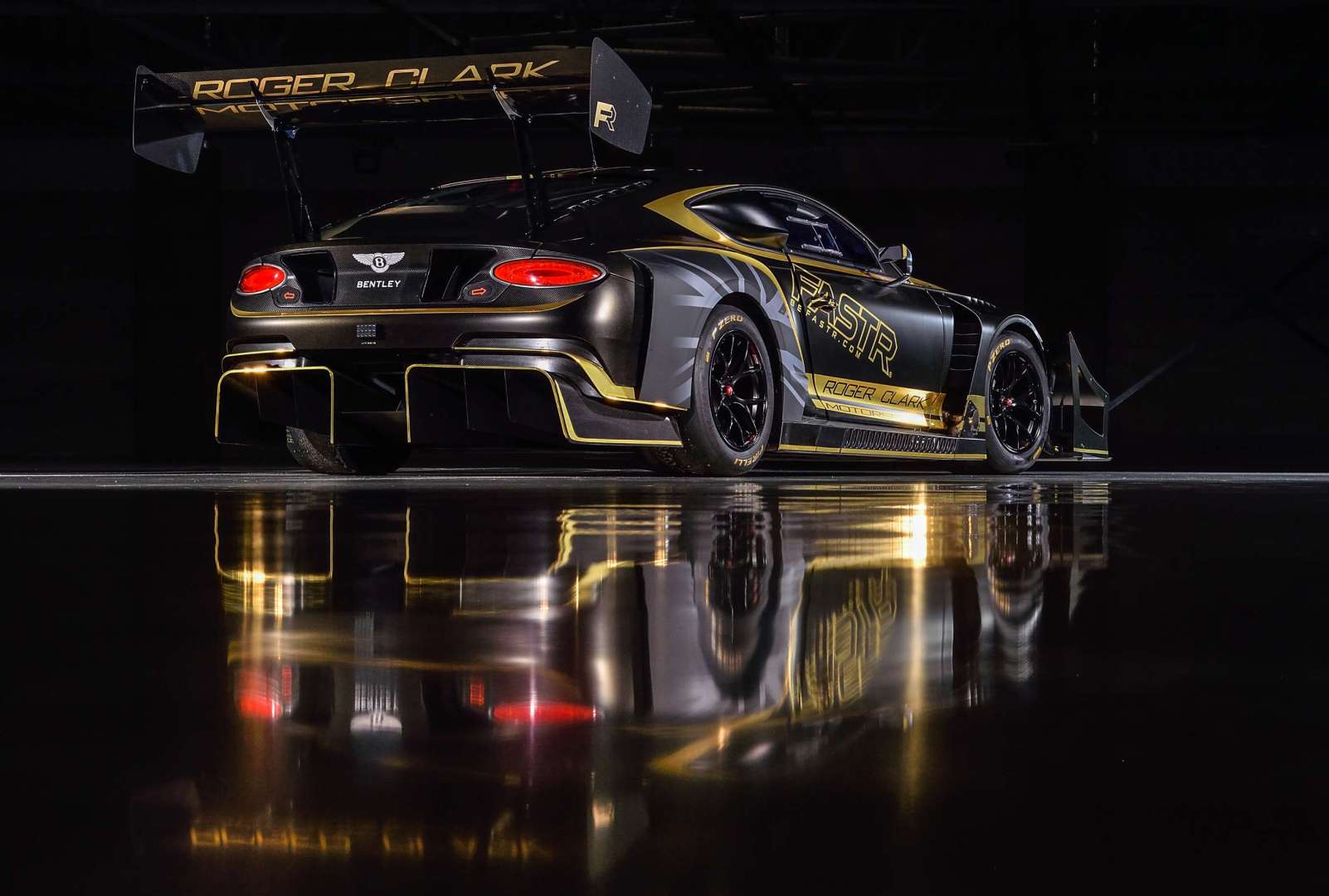
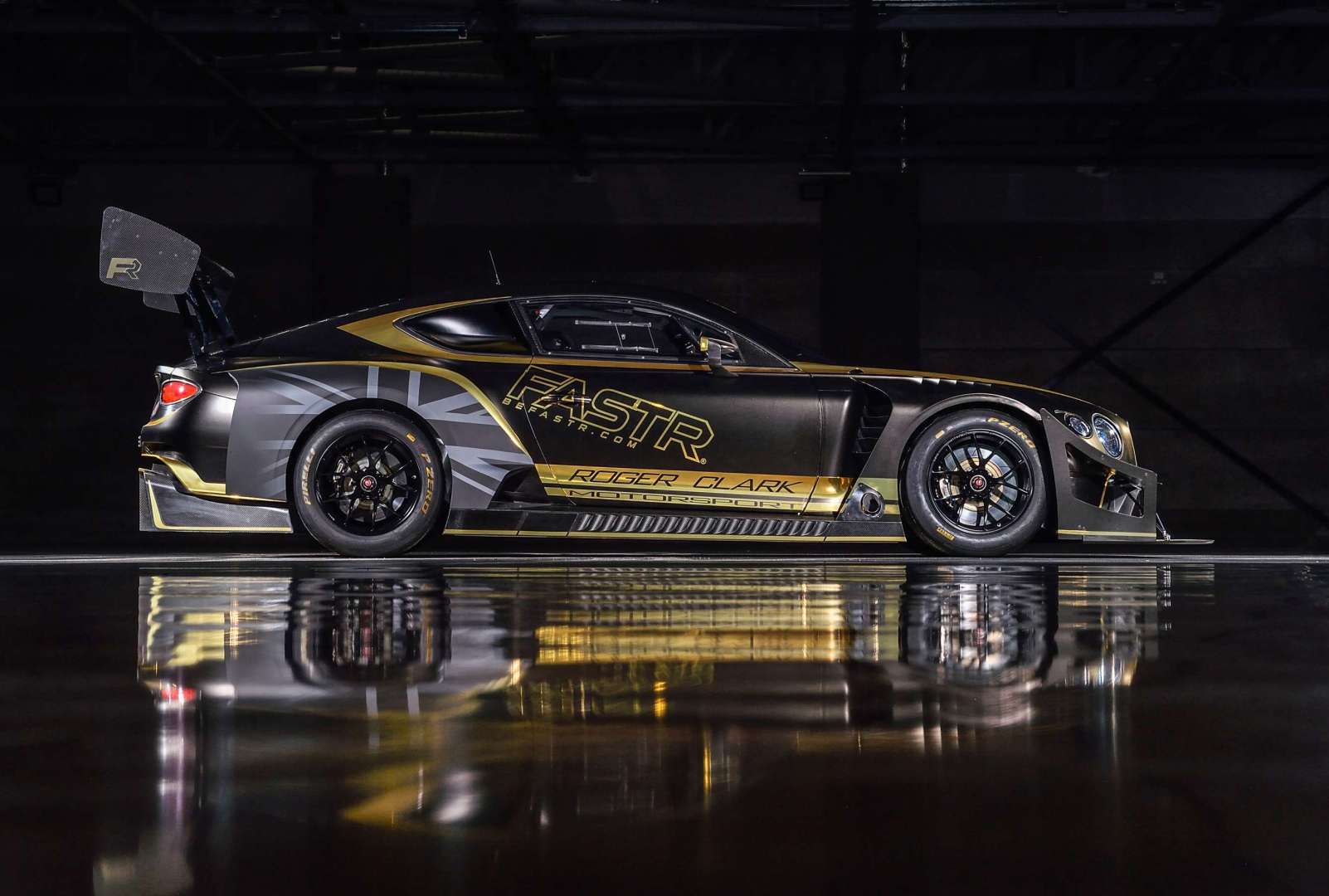
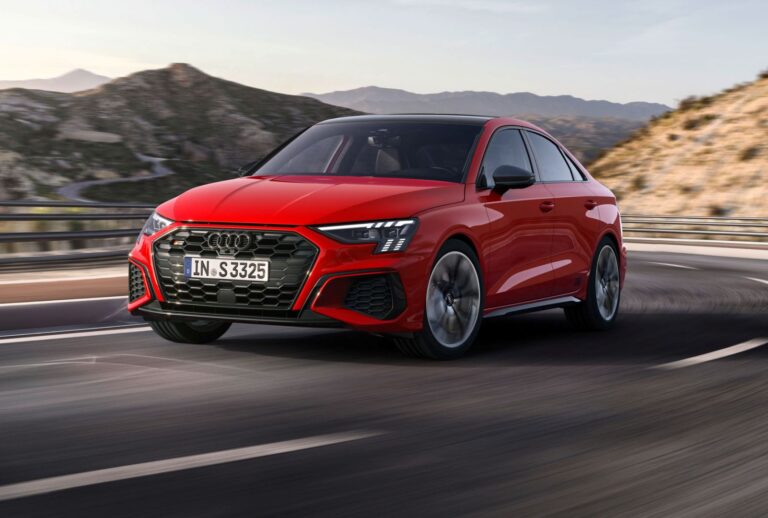

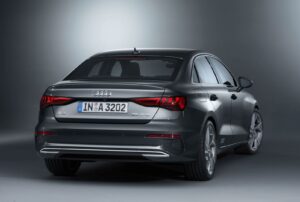
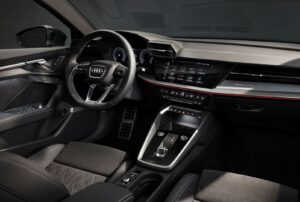


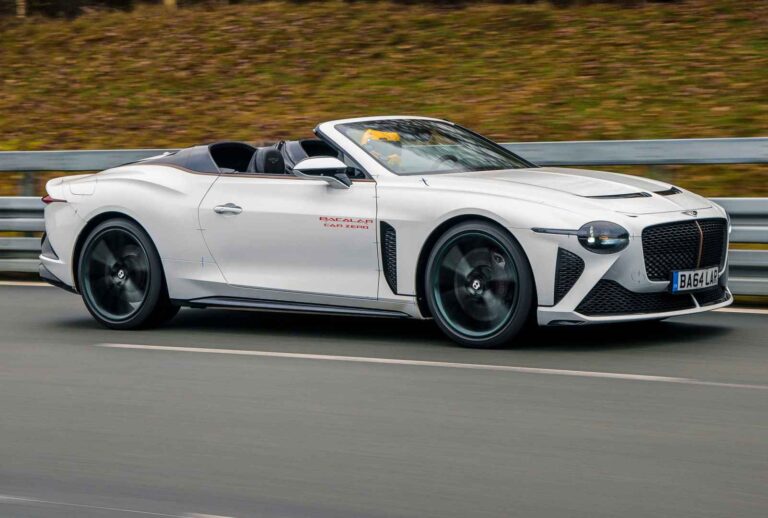

























Recent Comments